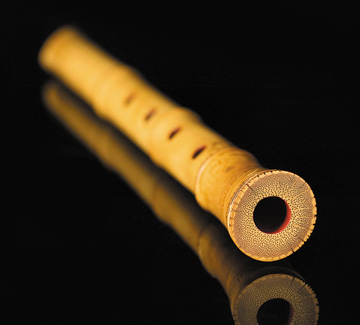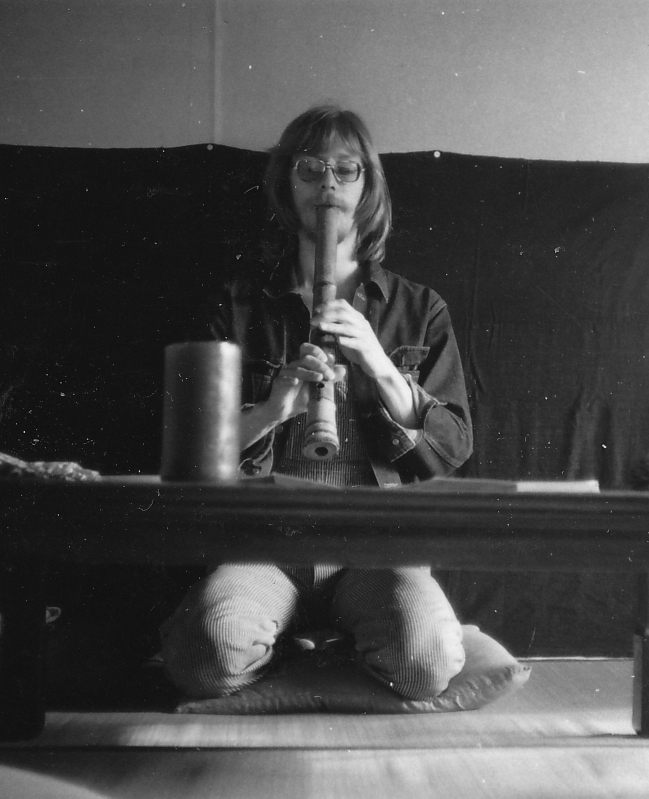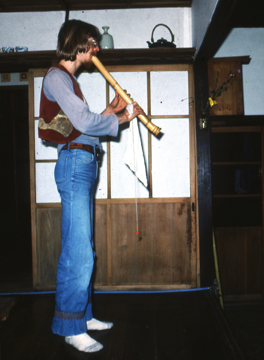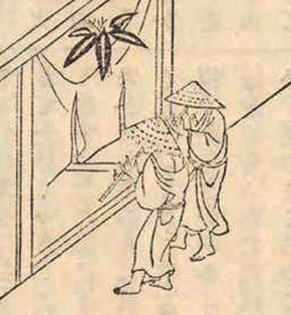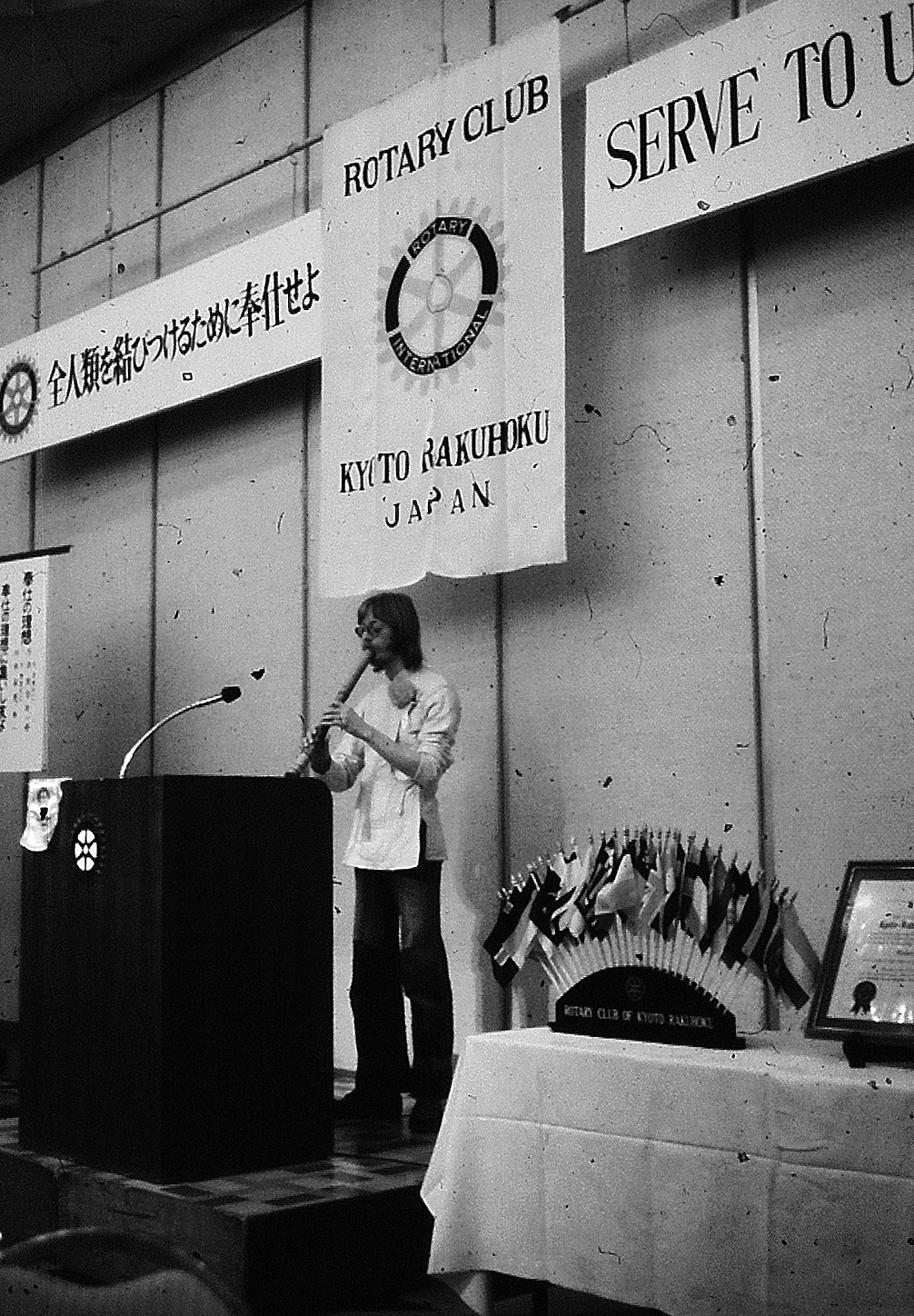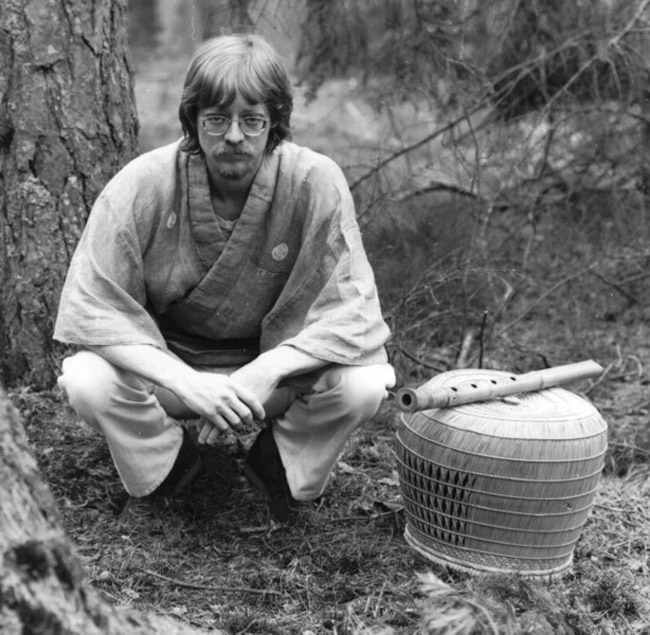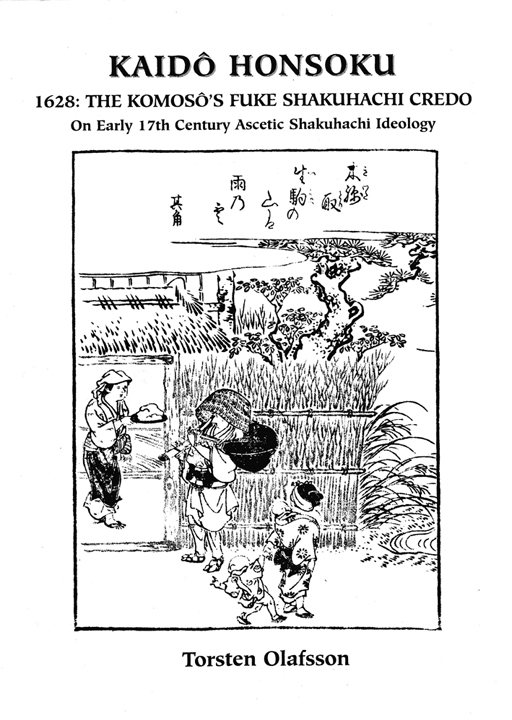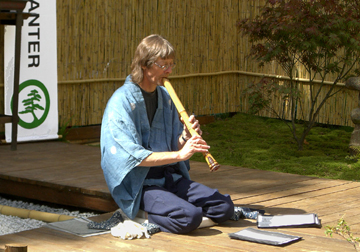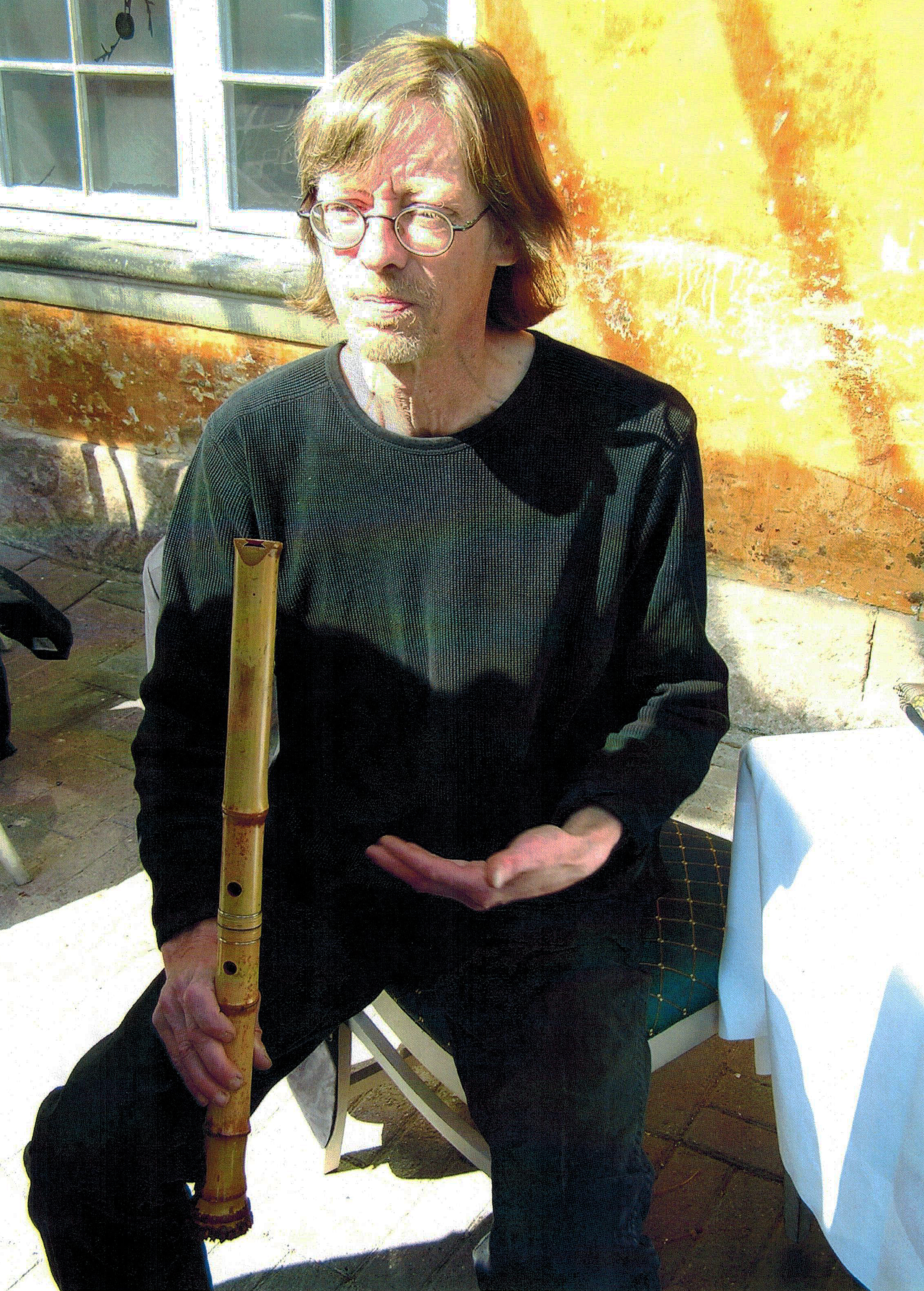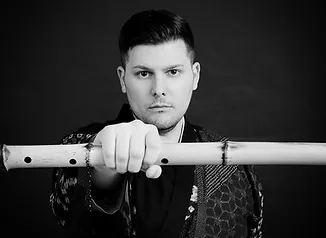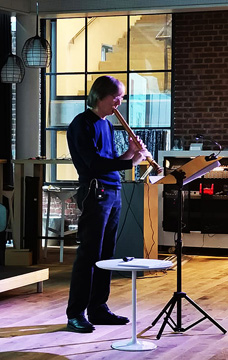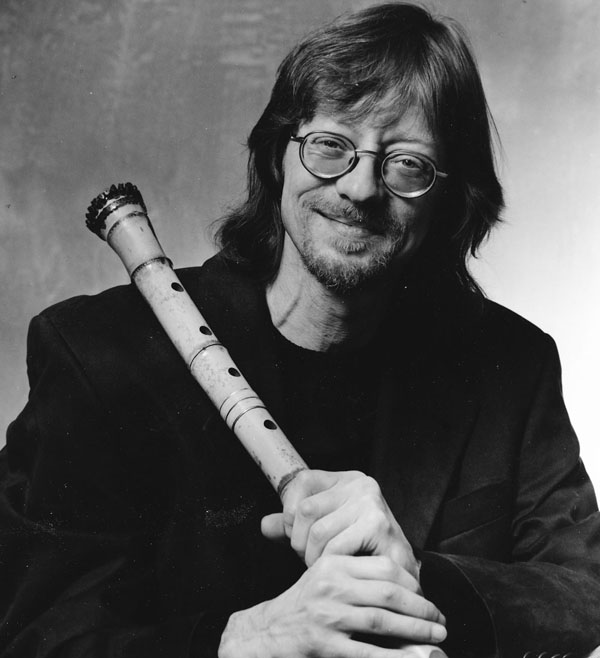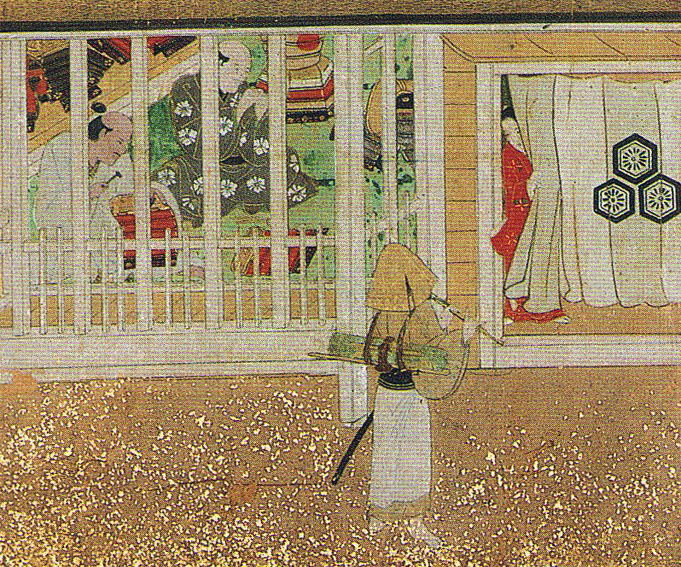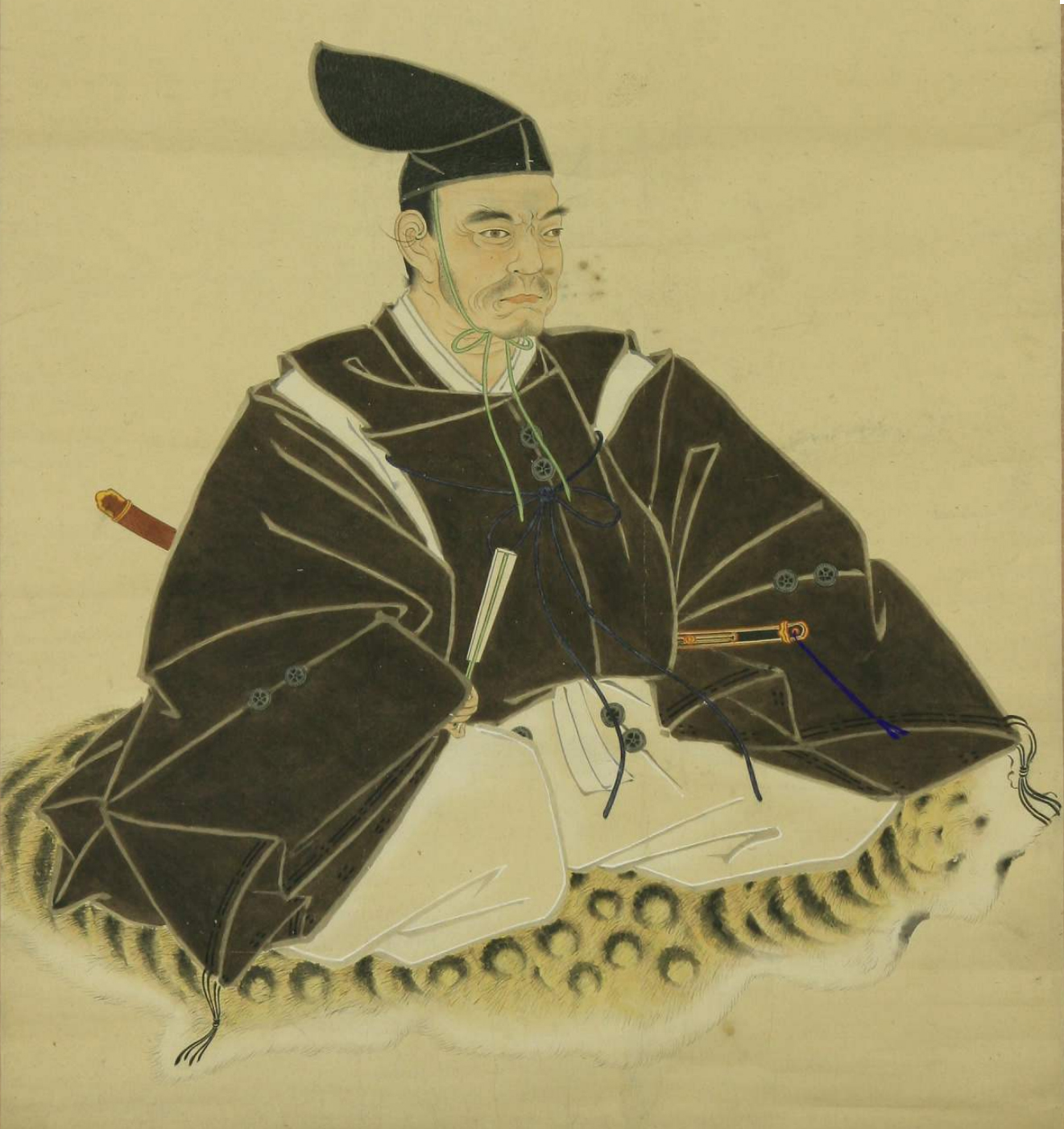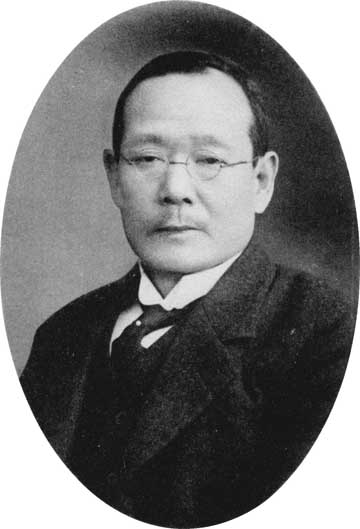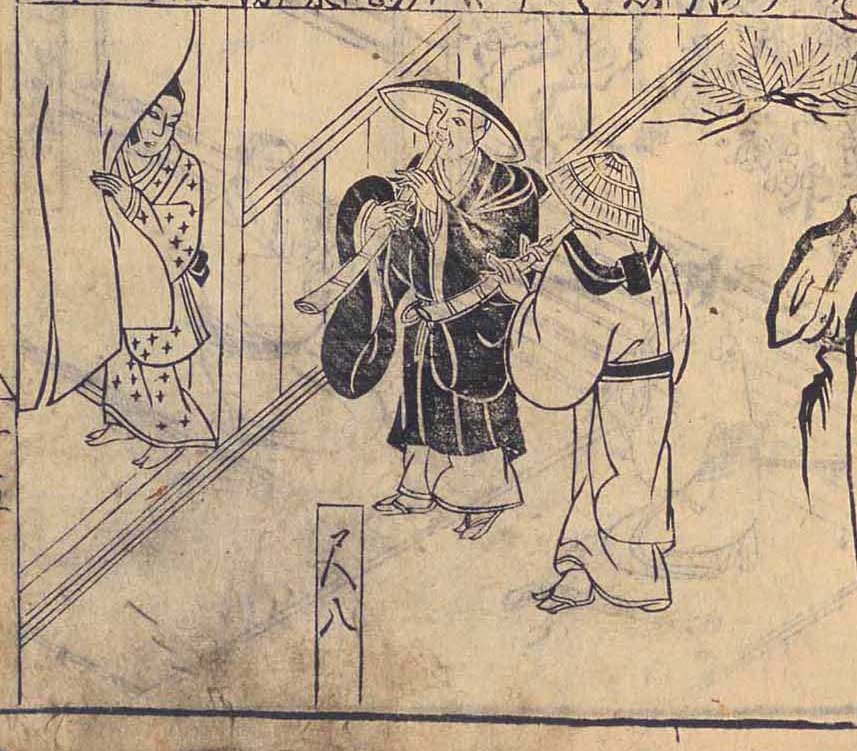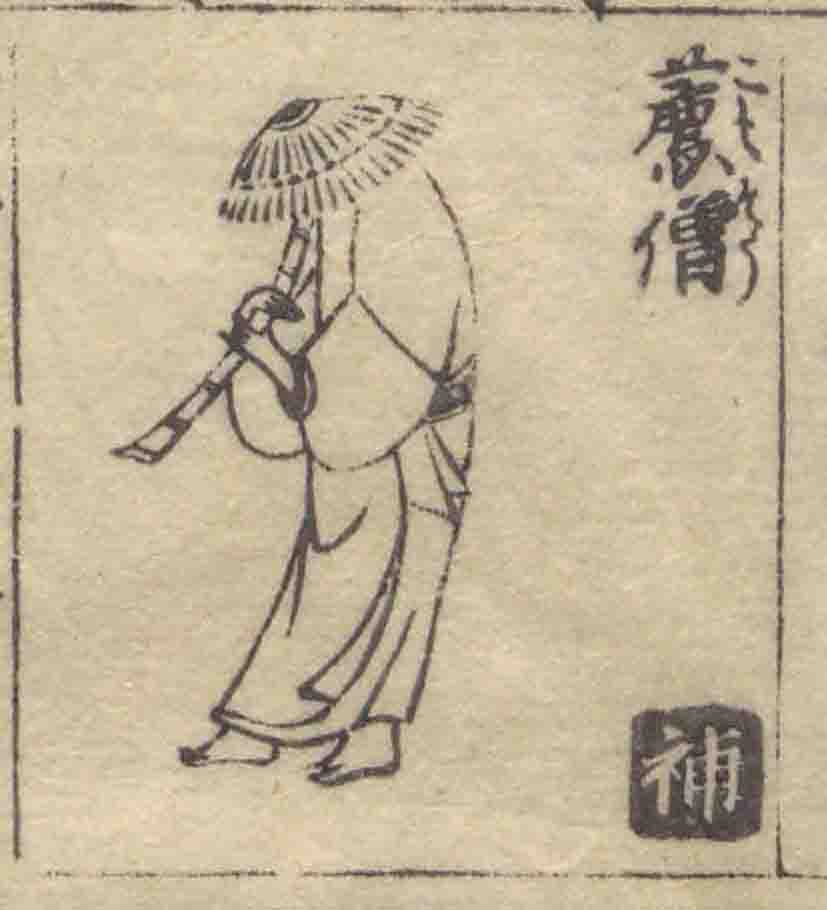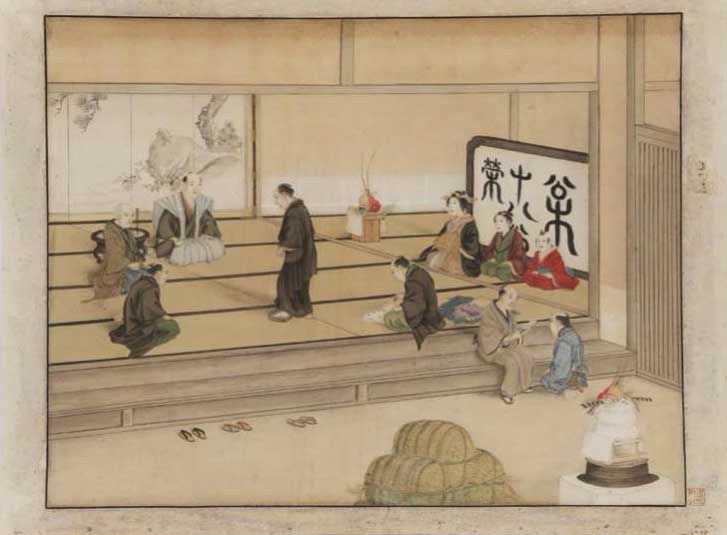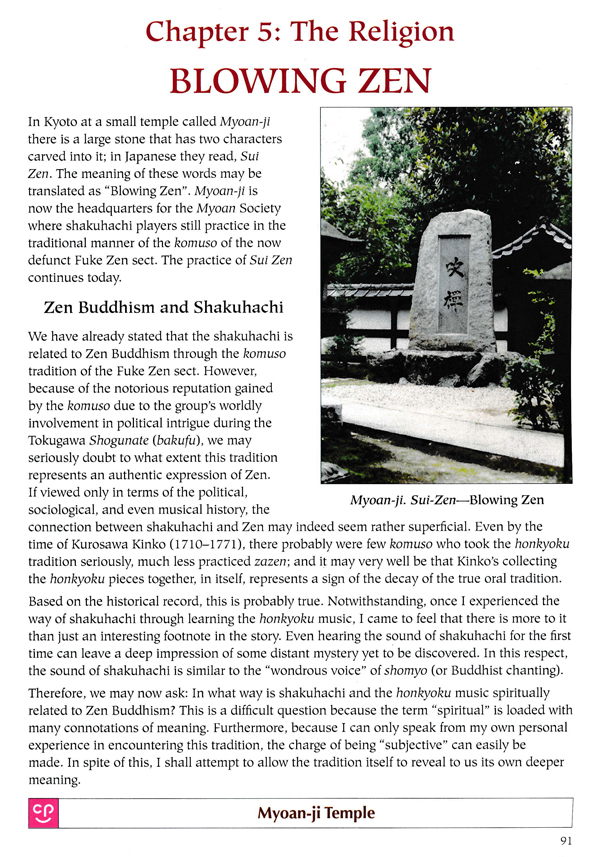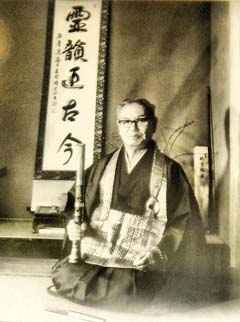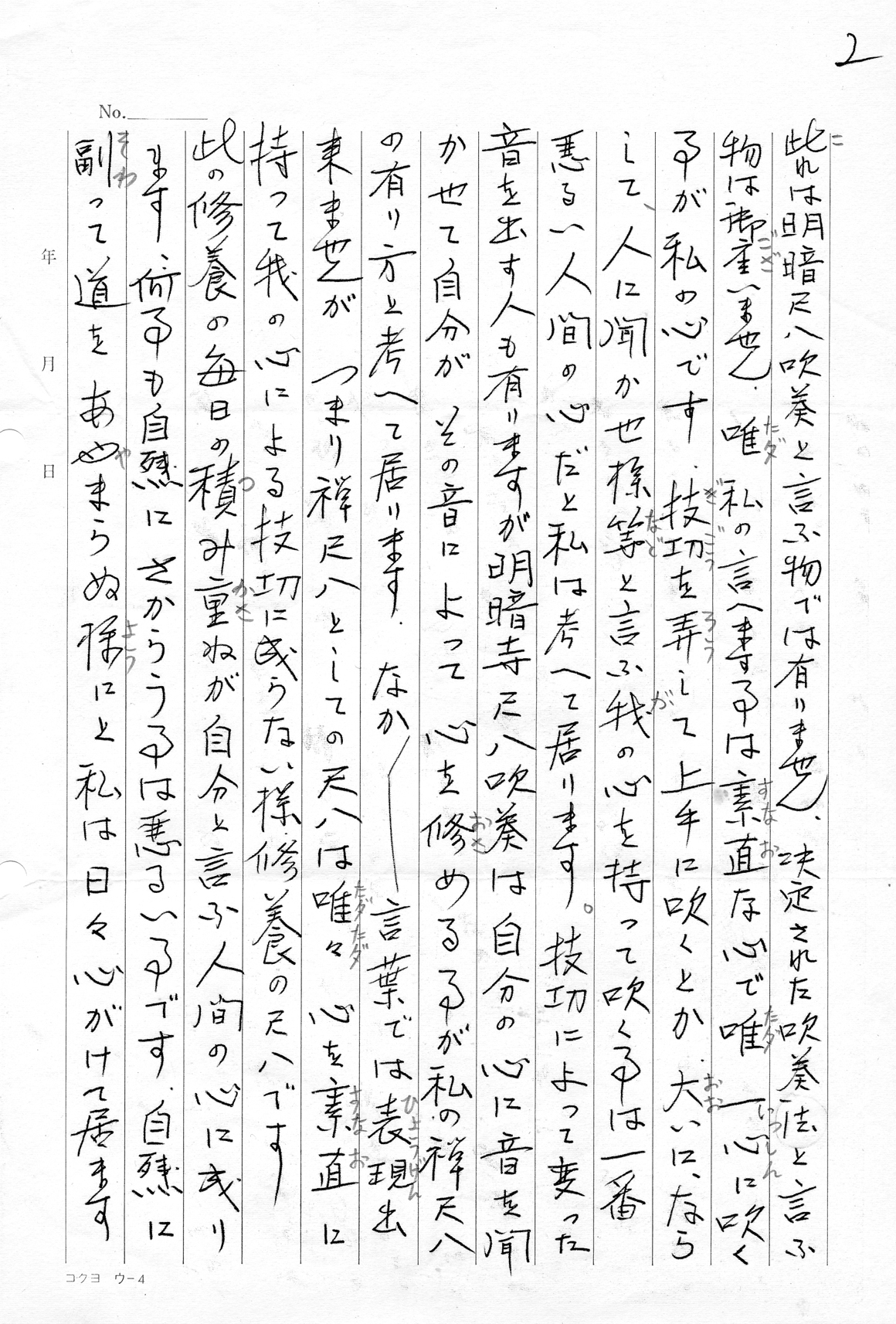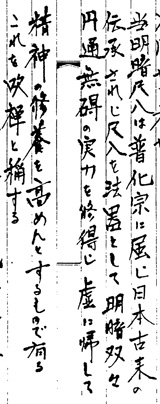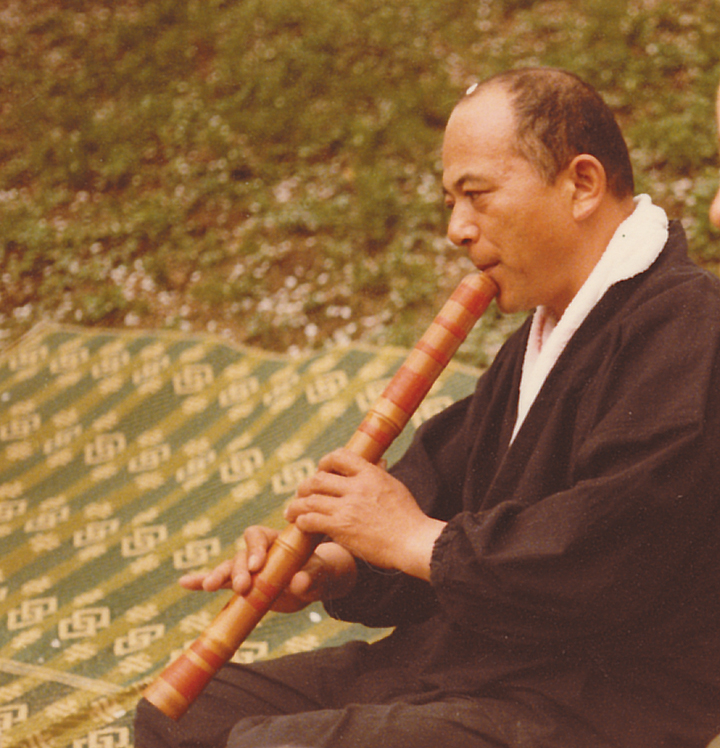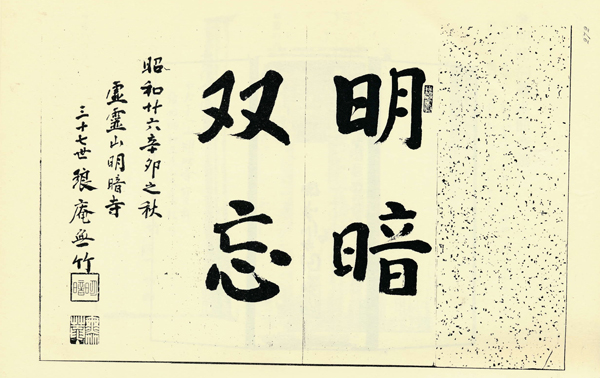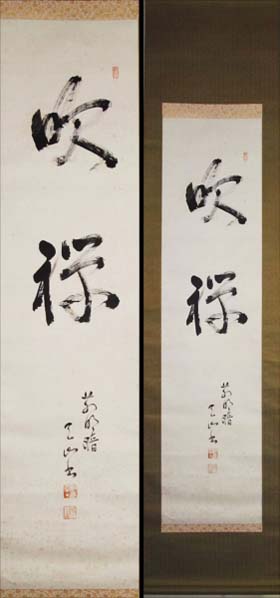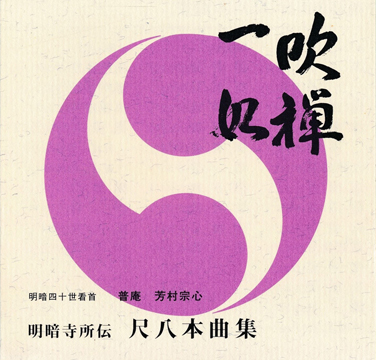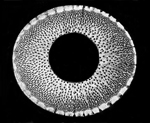
「修行尺八」歴史的証拠の研究 ホームページ
'Shugyō Shakuhachi' rekishi-teki shōko no kenkyū hōmupēji - zen-shakuhachi.dk
The "Ascetic Shakuhachi" Historical Evidence Research Web Pages
Introduction & Guide to the Documentation & Critical Study of Ascetic, Non-Dualistic Shakuhachi Culture, East & West:
Historical Chronology, Philology, Etymology, Vocabulary, Terminology,
Concepts, Ideology, Iconology - Practice, Soon Also: Neurobiology & Psychophysiology
By Torsten Mukuteki Olafsson •
トーステン
無孔笛
オーラフソン •
デンマーク • Denmark
|
|
WELCOME ☺
INTRODUCTION
Introduction & Guide to the Documentation & Critical Study of Ascetic,- Recommended Browsers It is warmly recommended to view this website on personal computer with a large widescreen HD monitor. This is not a commercial website that monitors your internet behaviour, records your search preferences. You are being met with no request to "accept cookies" or anything like that. There is no "asking for your money" here, don't worry :-) Only the necessary open front door to this site, the so-called "index" file ... at times also the "Introduction" web page ... are made publicly detectable by the internet "search engines", the "robots", at this moment of writing. The provider, the web hotel, only registers where on our planet any visitor is entering from, and which different search engines the visitors are using. No names, no identities are registered and documented, anywhere here, locally, inhouse. All the Best - Torsten Olafsson, Elsinore, Denmark, December, 2024. I Am Telling It Here, and: I'm Not Lying to You - like quite so many others do :-) The 6 "W"s: WHAT - WHERE - WHEN - WHO - WHY - HOW Besides, in this very field of research: Doubt, Skepticism, and Suspicion are ruling! Kind Regards, Torsten Olafsson, Elsinore, Denmark "Grew Out of Komusō Life"? No, That Did Not Happen! and Japan's Earliest Shakuhachi Asceticism History - Statement by Swami Nikhilananda, quoted by renowned researcher and translator Reginald Horacio Blyth, 1960 R.H. Blyth/Reginald Horace Blyth: Zen and Zen Classics, Vol. 1: General Introduction. From the Upanishads to Huineng. The Hokuseido Press, Tokyo, 1960. Link to online PDF version: https://terebess.hu/zen/mesterek/blyth-zen1.pdf Ever Really Comment Skeptically on the Keichō no Okitegaki? From Shankara's introduction to the Māndūkya Upanishad Kārikā by Gaudapāda, 8th century CE Trsl. by Swami Nikhilananda, 1936. It certainly does not tell us how to increase our capacity to enjoy the pleasures derived from material objects. But Vedānta really teaches us how to enjoy this world after realizing its true nature. To embrace or comprehend the universe after realizing it as the non-dual Brahman, gives us peace that passeth all understanding." Swami Nikhilananda in the preface for his translation of the Māndūkya Upanishad, 1936. Read more on this web page, a detailed chronology: • INDIA: 2600 BCE - 800 CE Read more about the concept and recognition of "Non-Dual Brahman", here f.i.: Wisdomlib.org: "Significance of Non-dual Brahman" Practiced Shakuhachi Meditation"? You Don't, Because You Just Can't Prove Anything Like It! a.k.a. 'Mukuteki', and I approve that message. 禅 と 尺八 : 関係 が 全然無 い。 - "Zen and Shakuhachi?: There Is No Connection at All!" Former professor at Kyōto University, Japan: Dept. of Japanese Arts & Aesthetics. Private conversation, Higashiyama, Kyōto, March, 1977. MYŌAN SŌZŌ "The Dualistic Pair of 'Myō' & 'An', "The Bright vs. The Dark"? - "Brightness" vs. "Darkness"? On the Non-Dualism of Enō/Huineng, Sekitō/Shih-t'ou, and Fuke Zenji/P'u-k'o Ch'an-shi. in the Entire History of Ascetic Shakuhachi Pseudo-Ideology: 9th Century Fuke Zenji's Statement on 'Myō' and 'An' 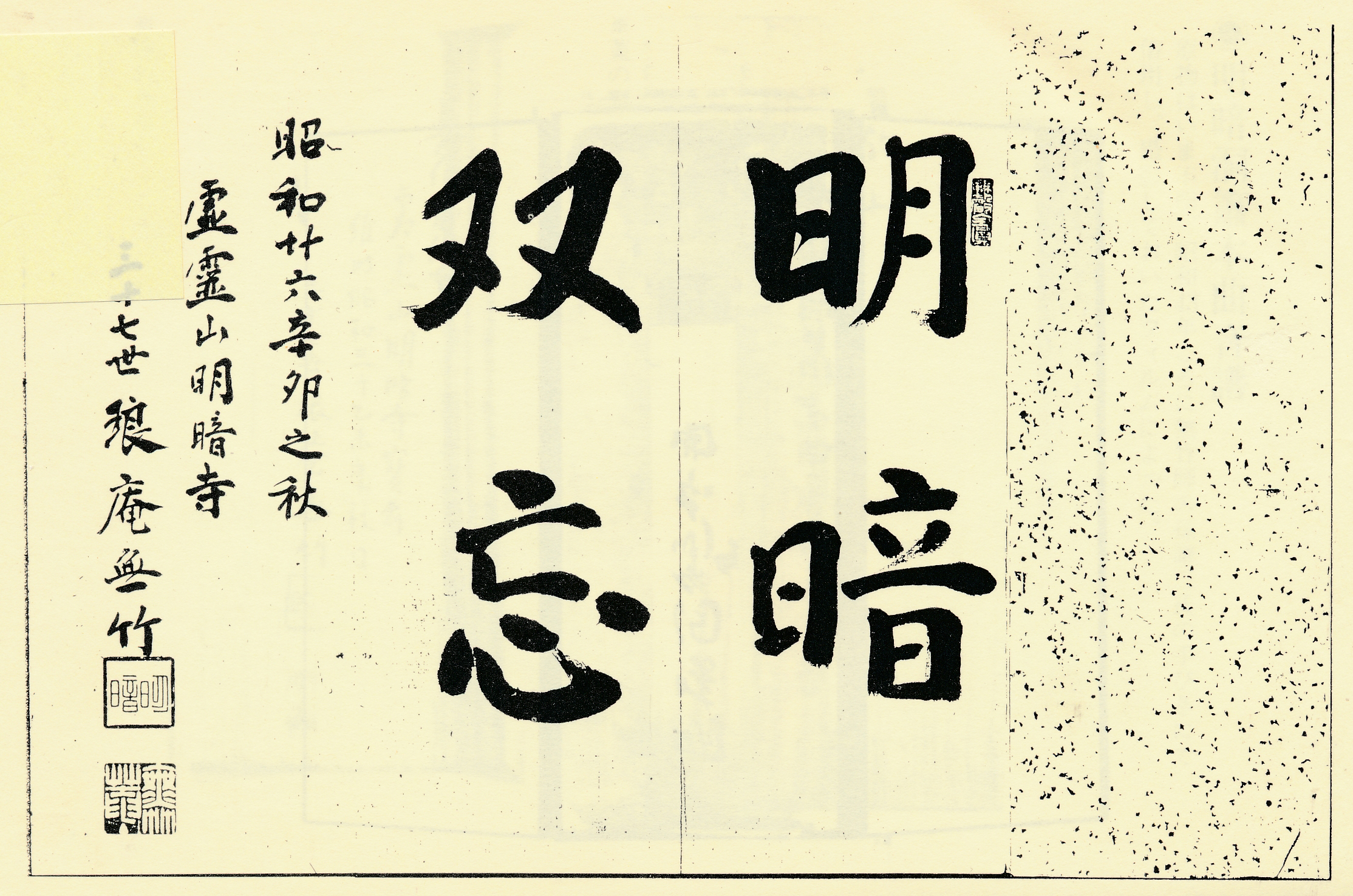
'Myō-An Sō-Bō', "Forget the Duality of the Myō-An Pair". Calligraphy by Tanikita Muchiku, apparently dated 1941. 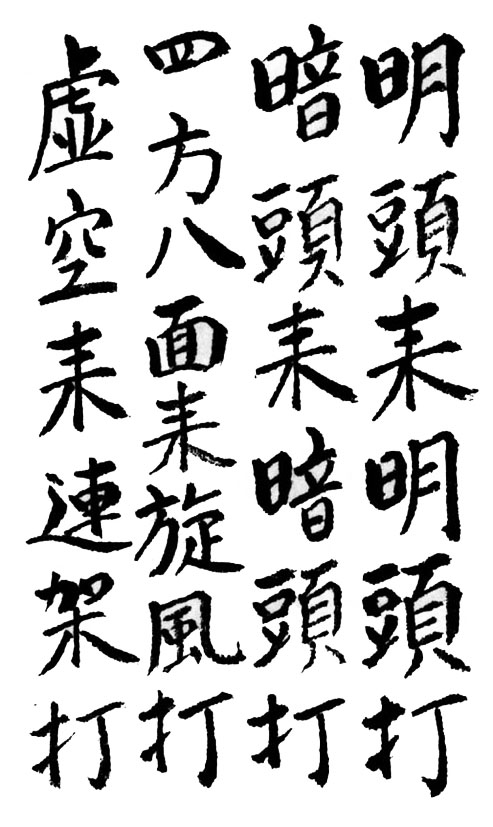
Early 9th century Fuke Zenji's 4-line statement on the Duality of 'Myō-An'. Calligraphy in a Tani-ha/Kyotaku Tradition 'gakufu orihon' by Nishimura Kokū, possibly 1970s? 明頭来 明頭打 暗頭来 暗頭打 四方八面来 旋風打 虚空来 連架打 HERE YOU SEE the ENGLISH "TRANSLATION" PRESENTED by the KYŌTO MYŌAN TEMPLE Last re-observed on December 12, 2024: "If attacked in the light, I will strike back in the light. If attacked in the dark, I will strike in the dark.”; “If from all quarters, I will strike as a whirlwind does. If attacked from the empty sky, I will thrash with a flail. (transl. Genichi Tsuge)" Link to the Kyōto Myōan Temple's official web page, English language page Well now, what's so mistaken about that particular "translation"? Read more in much detail on these web pages: The True Meaning of 'Myō-An Sōsō' - The "Light & Darkness" of Hui-neng, Shi-t'ou, and P'u-k'o Huineng, Shih-t'ou & P'u-k'o on 'Myōan sōsō - The Complementary Pair "The Bright" and "The Dark" Cheers - Torsten Olafsson, Denmark, December, 2024. Nothing Mattered More in Edo Period Society
|
When, about 1640 at the latest, 'Rōnin' ex-samurai known as 'Komosō' began to identify themselves as 'Komusō' and claimed to be members
of some kind of "a fine old Buddhist brotherhood", they faced one very obvious problem - a serious challenge:
Neither did 'Komosō', nor 'Komusō' enjoy any documented history of their own, whatsoever!
So, out of urgent necessity, they had to make one up, from scratch! That is:
Somehow establish an uninterrupted line-up of "transmitters" of an invented "Buddhist" 'Shakuhachi' flute tradition that originated with early 9th century
Fuke Zenji, who was the one and only quite probably "historical" personality that they had inherited, taken over from the 'Komosō'.
That process of "history fabrication" culminated only about 150 years later with the eventual completion and publication of the 1795 Kyotaku denki,
"History of the Imitated Bell" - presented in a remarkable Kyōto book, the Kyotaki denki kokujikai, that has so far not been translated, analyzed and interpreted in full.
In other words, in Neo-Confucian society of Tokugawa Japan, as it is quite much still today in fact, nothing mattered more than
claimed ancestry, a proper pedigree, a detailed genealogy, impressive ancestry and an unbroken lineage leading back to some
highly honorable personality in the distant past.
In the case of the 'Komusō': Leading all the way back to the historial Sakyamuni Gautama Buddha, himself.
Form over matter, certainly so!
As for any imagined 'Komusō' "affiliation" or "connection" with Rinzai Zen,
Fuke Zenji and his remarkable 'Myōan sōsō' statement
was, and still is, the only very tiny link available to the 17th-18th century 'Komusō' ideologists, indeed.
Read more about Japanese Neo-Confucianism here:
Wikipedia: "Edo neo-Confucianism"
"Translations" That Failed
- Overly Fantastic Tales Debunked
Read more here - Part 1:
Memories of Ennin / Jikaku Taishi & Kakua ... More Will Be Added:
Events that Most Probably Never Took Place
- And, "Translations" and "Renderings" that Pathetically Fail
a Few Simple Fact Checks
1620s:
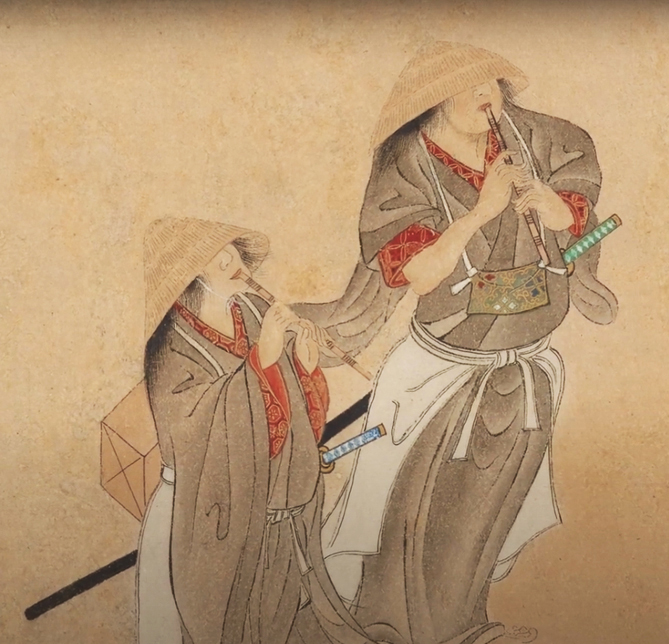
1620s: Two 'Komosō' "mat monks" with short thin flutes, long swords, and pointed braided hats.
'The' most important pictorial evidence ever in Japanese ascetic shakuhachi history:
Selected detail of Iwasa Matabei's painting of two early Kan'ei Period 'Komosō' "mat monks".
Created not later than 1630 acc. to Japanese art specialists
c/o the Nezu Museum in Tokyo, Japan.
Present owner: National Museum of Asian Art/Smithsonian/Freer Gallery of Art.
SIMULTANEITY, CONTEXT & COHESION MATTERS!
That 1620s painting by Iwasa Matabei is closely contemporary with one particular unique 1628 document
titled 'Kaidō honsoku',
海道本則.
Read in much detail about that document and its extraordinary significance here:
1628: The Kaidō honsoku Fuke-komosō Credo Version 1

1620s: Two 'Komosō' "mat monks" with short thin flutes, long swords, and pointed braided hats.
'The' most important pictorial evidence ever in Japanese ascetic shakuhachi history:
Selected detail of Iwasa Matabei's painting of two early Kan'ei Period 'Komosō' "mat monks".
Created not later than 1630 acc. to Japanese art specialists
c/o the Nezu Museum in Tokyo, Japan.
Present owner: National Museum of Asian Art/Smithsonian/Freer Gallery of Art.
Editorial note as of February 3, 2024 - Re-approved as of November 18, 2024:
No Field, no Chapter, nor Aspect of All Time Recorded World Wide Music "History"
has Ever been More Fabricated, Falsified, Forged, Utterly Distorted
and Misrepresented than that of "the" Japanese 'Shakuhachi' Flute,
the 'Komusō' Pseudo "Monks" of the So-called "Fuke Sect",
and the Fully Fancified Practice of So Called "Zen Shakuhachi Meditation",
Also Known, and Romanticized, as 'Shakuhachi Suizen'.
The term, concept and whole idea of 'Suizen',
吹禅,
that was only defined and presented as late as in or soon after 1950 by Kyōto Myōan-ji abbot Yasuda Tenzan,
has now, since 1974,
been reduced and completely distorted to being nothing but a simple banal and meaningless promotional
New Age & Mindfulness business slogan
exploited by countless self declared Western "romantic bamboo flute meditation therapy, mindfulness and healing gurus"
- or even academically approved ethnomusicology M.A.s & Ph.D.s, for that matter -
who do not even know how to read neither modern nor classical Japanese texts, including 'kanbun',
and cannot relate to and quote from any of the actual very many existing available documentary evidence sources, at all.
Overall Statements, Quotations, Comments & Conclusions, as of November, 2024
• Had it not been for Western Global Imperialism and the Christian Catholic ideological invasion in Japan between 1549 and 1639
there would
never have been a single 'Komusō',
no thick root-end 'Madake Shakuhachi',
not a single 'Honkyoku',
no 'Ichi-on jōbutsu' "promise of enlightenment",
never any Big 'Suizen' Lie after 1974,
in that otherwise so deeply fascinating "Land of the Rising Sun": Japan.
Torsten Olafsson, November, 2024

• George Orwell, 1949, in the novel "1984":
"Who controls the past
controls the future
who controls the present
controls the past."

• "Every record has been destroyed or falsified, every book rewritten, every picture has been repainted,
every statue and street building has been renamed, every date has been altered.
And the process is continuing day by day and minute by minute. History has stopped.
Nothing exists except an endless present in which the Party is always right."
• Virgil, Rome, 2000 years ago:
"Fama, malum qua non aliud velocius ullum."
The Financial Times' translation:
"Rumour — no other evil travels more quickly."
Paraphrased by Mark Twain as:
"A Lie Is Halfway Round the World Before the Truth Has Got Its Boots On."
Source: https://interestingliterature.com/2021/06/lie-halfway-round-world-before-truth-boots-on-quote-origin-meaning/
Read more here:
2024: Overall Conclusion that has Manifested Itself
as a Result of the Present now 55+ Years Long Lasting Japanological Research Endeavour


Social, Political, "Religious" History & Context Matters
IF NOT THAT - The CATHOLIC MISSIONARY INVASION in JAPAN:
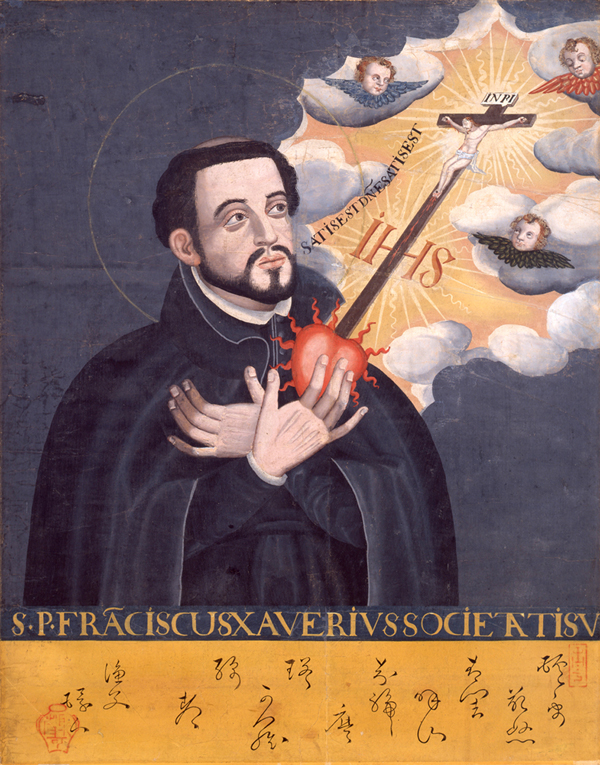
Jesuit Catholic Missionary Francis(co) Xavier landed in Japan in 1549 in company with profit seeking traders and began to preach Christianity there.
Hundreds of thousands in all social strata converted to some strange version of that alien European religion.
Painting by an unnamed Japanese artist, dated 1580.
- AND THAT - The CRUEL PERSECUTION of JAPANESE CHRISTIAN CONVERTS:
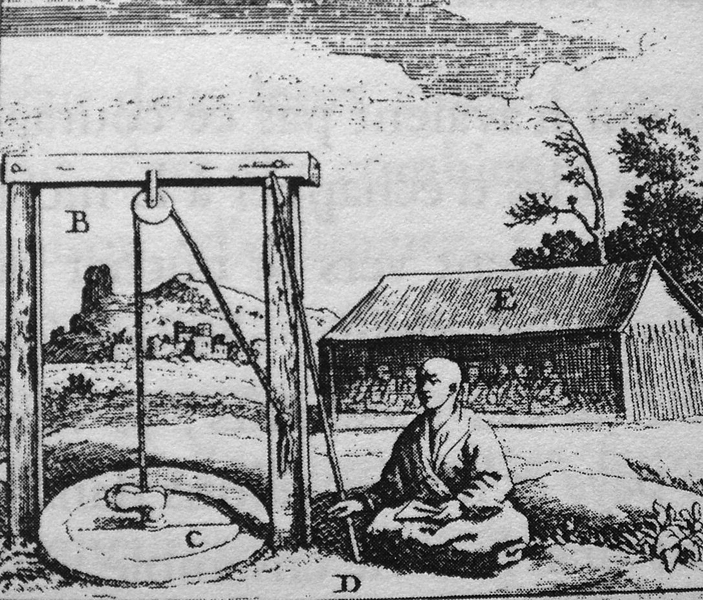
Since 1623, during the reign of the 3rd Tokugawa Shōgun named Iemitsu, 1604-1651,
Christians in Japan, foreign as native, were hunted down on a national scale,
cruelly inquistioned and executed if they did not
renounce their Christian faith, once and for all, utmost demonstrably,
like with treading on a picture of either Jesus on the Cross,
or the Virgin Maria.
- NEVER WOULD THIS HAVE EVER HAPPENED - The 'KOMUSŌ':

Begging 'Komusō' by Takehara Shinkei, 1791
Courtesy of the National Museum of Denmark, Ethnographic Collection
SELECTED WORDS by TORSTEN OLAFSSON as of November, 2024 - in random order:
• "If you have not, probably never, seen and quite eagerly and thoroughly looked into the numerous written classical Japanese historical sources,
the many old pictures, you really don't know what you self proclaimed "shakuhachi historians" are writing and talking about!
That applies to both Ethnomusicologists, Musicologists, Japanologists, Ethnologists, Anthropologists, Sociologists and their like,
who boast academic degrees/titles such as "M.A.", "Ph.D." - and/or even: "Doctor" ... ?
• "The Edo Period 'Komusō' never put anything down in writing about "meditating with a shakuhachi", 'Suizen', or the like. Period."
• "13th century Shinchi Kakushin did in no way contribute to anything at all in the history, ideology and practice of "the" shakuhachi."


Left: Shinchi Kakushin sculpture, Cleveland Museum of Art
Right: Kyochiku Zenji Statue, Kyōto Myōan-ji. In: Tomimori Kyozan, 1979
• "It goes without saying that Shinchi Kakushin of course did not return to Japan in 1254 accompanied
by four "Chinese Buddhist laymen", a Chinese 'shakuhachi', and the classical music piece 'Kyorei'."
• "Legendary 'Kyochiku Ryōen Zenji',
虚竹了円禅師, was simply invented, made up, out of whole cloth; he never lived.
Neither did he ever compose 'Mukaiji' and 'Kokū' - and he certainly did not "found" the Myōan Temple in Kyōto.
Kyochiku is first ever mentioned by "name" in a document dated as late as 1735."
• "If you do not understand Indian Advaita Vedanta and Chinese Taoism, you'll never understand Mahayana Buddhism and Zen Philosophy."
• "Claiming that 'Komusō' practiced 'Suizen', be it even "Shakuhachi Meditation" - for personal fame, gain and profit -
is not only without merit and wrong but bordering on deception and fraud, and deeply criticizable."
• "How many of you Western shakuhachi teachers are selling your New Age Mindfulness and Healing servíces as were it very "ancient tradition",
invented and practiced by 'Komusō' "religious & spiritual saviors"?"
• "At first, centuries of Japanese shakuhachi players, ideologists and "historians" have been lying excessively and continuously about Shakuhachi History,
Ideology and Practices ...
- then, first of all US American players and "historians", at least since the mid-1960s, and New Age Music, Mindfulness and Healing cultists have been doubling,
tripling down and made fabrication and falsification even more unreal, unimaginable, "otherworldly" - and deplorably misleading -
- especially by unqualified writers whose extensive misinformation and deception has been spreading like a wildfire on the WWW Internet for more than 20 years."
• "When will the Global Shakuhachi World Adherents ever realize and admit to the fact they have all been severely fooled and deceived regarding shakuhachi history?"

Jesuit Catholic Missionary Francis(co) Xavier landed in Japan in 1549 in company with profit seeking traders and began to preach Christianity there.
Hundreds of thousands in all social strata converted to some strange version of that alien European religion.
Painting by an unnamed Japanese artist, dated 1580.

Since 1623, during the reign of the 3rd Tokugawa Shōgun named Iemitsu, 1604-1651,
Christians in Japan, foreign as native, were hunted down on a national scale,
cruelly inquistioned and executed if they did not
renounce their Christian faith, once and for all, utmost demonstrably,
like with treading on a picture of either Jesus on the Cross,
or the Virgin Maria.

Begging 'Komusō' by Takehara Shinkei, 1791
Courtesy of the National Museum of Denmark, Ethnographic Collection


Left: Shinchi Kakushin sculpture, Cleveland Museum of Art
Right: Kyochiku Zenji Statue, Kyōto Myōan-ji. In: Tomimori Kyozan, 1979
Some of the Never Asked, Never Answered Questions
... The "Academics" Utterly Failed You!
• Why was the thick root-end 'Madake Shakuhachi' flute first invented and displayed in Japanese pictures as late as during the very last two decades of the 1600s?
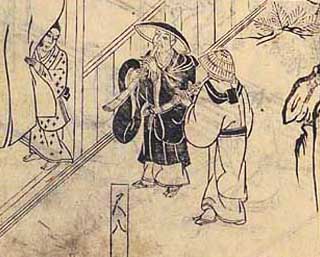
1690: 2 'Komusō' in the 'Jinrin kummo zu-i'
• How were the allegedly "numerous" 'Komusō's mid- to late Edo Period so-called "temples" financed?
• How did the masterless, outlawed, then widely despised 'Komusō' pseudo-monks make a living, from day to day, for the rest of their lives?
• Did some 'Komusō' in fact run public bath houses or other money-making businesses to survive,
like making tea whiskers out of bamboo, for instance?
• Who, what actually named persons, created the mid- to late Edo Period so-called 'Hon-kyoku' music pieces?
That answer is just: "Blowing in the wind" ...
• Have any Japanese and Western shakuhachi player or researcher ever investigated the many shakuhachi music notation collections
that are so carefully listed by Tsukitani Tsuneko in her remarkable 2000 publication on "classical shakuhachi honkyoku"?
I think not, sadly so ...

1690: 2 'Komusō' in the 'Jinrin kummo zu-i'
1974: Why Did the Nippon Columbia Label Ever Put Out the Album 'Suizen'?

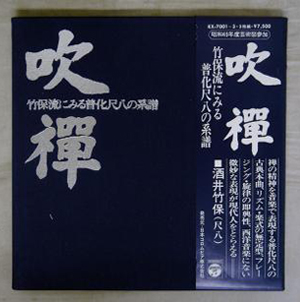
A Historic Nippon Columbia triple-LP set, phonogram numbers: KX-7001~3.
Chikuhō shakuhachi performed by Sakai Chikuhō II, assisted by Sakai Shodō on two tracks on LP side 6.
Liner notes, 48 pages, by Kamisangō Yūkō and others, plus shakuhachi music in Western staff notation.
1974: The Nippon Columbia 'Suizen' Triple-LP Set with
a "Separate Commentary Book" by Kamisangō Yūkō and others.
Why Did the Nippon Columbia Record Company
Ever Put Out That 1974 LP Album 'Suizen'?
Link to some music samples and pictures:
Silencia Music Store: 1974 Nippon Columbia 'Suizen' LPs, track list, pictures
ISS/Komuso.com: History
Read more here:
1974: 'Komusō' & 'Suizen'?: The Emperor's New Clothes!
PART 1
What Prof. Kamisangō Yūkō Once Precisely Told Us
about Supposed "Edo Period 'Komusō Suizen' Life"


The Most Recommendable Critical Japanese Shakuhachi Historians -
Their Fact Finding Researches -
Online Fact Resource Web Sites & Books
Believe it, or not: There actually exist, and continuously operate, Japanese shakuhachi players and more or less "amateur" historians
who do care seriously about what's actually to be observed in the very many ignored documents about shakuhachi history that we know of.
You can find them, online, right out there on the internet - here's an alphabetial list of names, an appetizer,
and a webpage link to an overview with links to webpages, for you to experience:
Iida Kyorei, Kishi Kiyokazu, Kunimi Masafumi, Makihara Ichiro,
Shakuhachi Kataha, Yamato Hōmei, Yatō Osamu.
In addition, recommmendable researcher-authors in books and articles:
Hosoka Hiro'oki, Ide Yukio, Mori Hikotarō, Nakatsuka Chikuzen, Ueno Katami,
Yamaguchi Masayoshi.
More may be added.
Read and learn more here:
2024: Most Recommendable Critical Japanese Shakuhachi -
Historians. Their Fact Finding Researches,
Online Fact Resource Web Sites & Books
The Sad and Deplorable Legacy of Ethnomusicology:
The "Academic" Field of Ethnomusicology has Never Succeeded
in Thoroughly Investigating the Full Scope and Depth
of Japanese Ascetic Shakuhachi History and Practice.
A Serious Academic Failure!
The Ethnomusicologists’ commitments and promises – links:
"About Ethnomusicology"
Selected quotations:
"1) Employing a global perspective on music (encompassing all geographic areas
and types of music).
2) Understanding music as social practice (viewing music as a human activity that is interrelated with its social and cultural contexts).
3) Engaging in ethnographic fieldwork (observing and participating in music-making and related activities) and in historical research."
Now, please pay special attention to those very last four quoted words:
"... and in historical research."
How can anyone possibly engage and succeed academically in researching the history of the Japanese shakuhachi if they, who ever they are,
know nothing at all about reading and interpreting the wealth of well known preserved available documentary evidence, written in classical Japanese,
be it in Japanese "pseudo-Chinese" 'kanbun' - as well as in classical Chinese, not least?
That's just impossible, plainly speaking, a fact.
Read more here:
The Failure of Ethnomusicology Regarding the Shakuhachi
- The Sad and Deplorable Legacy of post-WW2 Ethnomusicology
Bruno Nettl: "Reference Tools for Ethnomusicology."
Ethnomusicology, Vol. 4, No. 3
Sep., 1960, pp. 133-136.
Link: https://www.jstor.org/stable/924501
The Three Most "Problematic" Early Shakuhachi Vinyl Albums Ever Published



Problematic Vinyl #1: "Music for Zen Meditation".
That U.S. clarinet player Tony Scott & Japanese friends record has absolutely nothing to do with anything like "Zen"!
Made in the U.S.A., 1965.
Read more here:
Problematic Vinyl #2: "A Bell Ringing in the Empty Sky".
"Empty Sky" is a really poor, utterly New Age'ish "non-translation" of Japanese 'Ko-kū',
虚空, the very common, widely used and banal interpretation of which is meaningless "emptiness".
You see, in a supposed Zen philosophical context like this, 'Ko-kū' comes from Indian 'Sunyata': "Void" [cf. Nagarjuna, ed.],
i.e. "Non-Substantiality", i.e. "Absence of Duality". Period.
Also: Made in the U.S.A., 1969-1970.
Problematic Vinyl #3 - "Suizen", with questionable liner notes by the late Japanese musicologist, Prof. Kamisangō Yūkō.
This is, undoubtedly, the "worst" of these three highlighted early vinyl 'shakuhachi' albums.
Made in Japan, 1974.



1965: Clarinetist Tony Scott & "Music for Zen Meditation"
- How Japanese Music Became US "New Age" Music from Day One
Well about 60 years ago by now, the US American Verve record label produced the Western World's
ever first music recordings that also featured the sound of the Japanese bamboo flute named 'shakuhachi'.
Read much more here:
1965: Clarinetist Tony Scott & "Music for Zen Meditation"
How Japanese Music Became US "New Age" Music
from Day One - Including All of Shakuhachi Music,
for that Matter, indeed
The Modern Academic Shakuhachi Historian's Dilemma: Fact or Fiction?
Late September, 2024.
How are responsible shakuhachi history and practice researchers, academics, including certified ethnomusicologists,
supposed to conclude and act, orally as in writing, when observing stark discrepancies between preserved historical documentary evidence
- and what some of them, while also acting as shakuhachi students, are being differently informed by some of their teachers?
Read more here:
The Ethnomusicologists' Shakuhachi Historical Facts
Ethical Challenge and Dilemma
- Documentary Evidence or Just Hearsay?
"You can't have your cake and eat it (too)," can you - have it both ways? :-)
How Did 9th Century 'Fuke Zenji' Become the Dearly Worshipped Idol
for the Late 'Komosō' and Earliest 'Komusō' Outlaws?
Fuke Zenji' first appeared in a 'Komosō' related context during the mid-1500s - as much as 700 years after his death.
In 1628, he was prominently admired and idolized in a remarkable 'Komosō' credo, the Kaidō honsoku.
Not long after, eventually, the renowned Rinzai Zen monk and temple abbot Isshi Bunshu, 1608-1646 - a very close disciple of Takuan Sōhō, 1573-1645
- made Fuke Zenji the founder of the very early 'Komusō' 'Shakuhachi-rōnin' ex-samurai beggar outlaw "brotherhood" in early Tokugawa Japan.
How could that happen, possibly?
Where Are All the Fascinating, Long Awaited Illuminating Translations?
Throughout now 60 years (!), these are the only few responsible, comprehensive Western translations of central written historical Japanese source documents
that shed important light on the shakuhachi flute's past:
1977 - Tsuge Gen'ichi's English translation of the Kyotaku denki completely fabricated mid-18th century "shakuhachi history", with some comments.
1981 - James H. Sanford publishes translations of Ikkyū Sōjun 'shakuhachi' related poetry.
1983 - Andreas Gutzwiller presents translations in the German language of 3 early 19th century essays by Hisamatsu Fūyō, 1791-1871,
though without any particularly detailed Japanological annotations.
1987 - Torsten Olafsson presents a Danish university thesis with his full English language translation of the 1628 Kaidō honsoku 'Komosō' credo
with comprehensive annotations, comments and contextualization.
1990 - Takahashi Tone presents his Florida University thesis with many translations of the various different versions
of the mid-18th century Keichō no okitegaki [a nickname, ed.].
1990 - Robin Hartshorne & Kazuaki Tanahashi's translation of Hisamatsu Fūyō's 1818 Hitori mondō is published in the
Annals of the International Shakuhachi Society, Volume I, edited by the late, then president Dan E. Mayers, with no annotations.
A similar English translation of theirs is also featured on the www.komuso.com website, there with detailed comments.
2007 - Max Deeg translates at least part of one classical Japanese text to English.
Since the year 2000 - The only additional translations of classical texts of relevance that have appeared in public are those presented on this very website,
zen-shakuhachi.dk, the history of which goes back to 2003-2004.
Where then, might there still be any other important translations and renderings produced by modern, 21st century representatives of the academic fields of Ethnomusicology,
Musicology, Japanology and the like?
Here I would like to highlight these two contributions, in particular - by Westerners who read and translated from only 100 years of "modern" language Japanese texts:
Philip Flavin, translator:
Izumi Takeo: Paintings of Bamboo Flutes. A History
and Genealogy of Shakuhachi Performance.
Translated from Japanese by Philip Flavin.
Tōhoku University Press, Sendai, 2016.
Matt Gillan: "Sankyoku Magazine and the Invention of the Shakuhachi
as Religious Instrument in Early 20th-Century Japan."
In: Yale Journal of Music & Religion, Vol. 7, No. 1, 2021.
Link:
"Sankyoku Magazine and the Invention of the Shakuhachi
as Religious Instrument in Early 20th-Century Japan."
However, obviously otherwise, neither Ethnomusicologists - nor Japanologists, for that matter - have found it worth the necessary quite demanding effort and linguistic,
philological dedication to attempt to translate anything substantial, at all, that might possibly contribute further to a desired deeper and wider appreciation
of actual ascetic shakuhachi history - without any bias, partisanship, "rallying around the flag", mere wishful thinking,
or just: downright history fabrication and falsification fraud.
All the while 'Suizen' Was Not "An Edo Period Term", Then What Term
Might "IT" Have Been?
Yes, it has been convincingly established online, on Facebook, that 'Suizen' was "not an Edo Period Term" [Kiku Day, ed.]!
In a most authoritative 2000 book of hers, the late, renowned Japanese Prof. Tsukitani Tsuneko stated that she knew nothing (at that time) regarding the origin of the term 'Suizen'.
Seven years later, in 2007, Prof. Tsukitani is reported to have stated that 'Suizen' is a "post-Edo period creation" [Kiku Day, ed.].
Then, in his 2014 thesis, SOAS PhD Christian T. Mau quoted the then 41st Kyōto Myōan-ji 'Kansu', Kojima Hōan, for explaining that
it was Yasuda Tenzan, 1909-1994, who "coined", invented, created, the new term 'Suizen' while he served as the first chief Zen monk of that newly revived temple in the period 1950-1953.
So, what possibly did Edo Period 'Komusō' use as a Japanese term for their very frequently and fiercefully claimed "shakuhachi meditation practice"
- if anything, ever at all, actually?
A short history of 'Suizen' in Japan that was first publicized here on this website quite many years ago:
1950s ... : The Origin of 'Suizen' at Kyōto Myōan-ji:
Kobayashi Shizan, Tomimori Kyozan,
Tanikita Muchiku, Yasuda Tenzan,
Hirazumi Taizan, Koizumi Ryōan,
Fukumoto Kyoan, Yoshimura Sōshin a.o.
Torsten Olafsson, September 24, 2024.
Ethnomusicology in the West has a Serious Problem:
The so-called "academic" field of Ethnomusicology
is suffering from a serious problem,
with regard to Japanese music history research,
not least that of ascetic shakuhachi history.
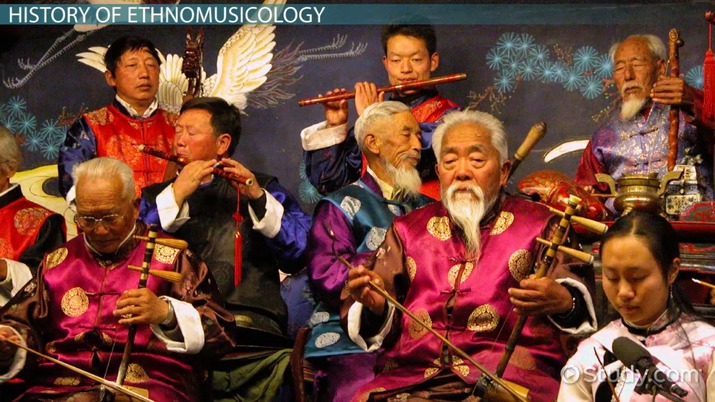
How can anyone acquire a Masters degree, a PhD: a Doctor of Philosophy degree, in Ethnomusicology, specializing in Japanese music,
including 'shakuhachi' history, without actually knowing pretty well how to read and interpret classical Japanese
- and classical Chinese - documentary evidence material?
That, of course, should not be possible!
Learn more about official modern, present-day Western "Ethnomusicology" here:
"Ethnomusicology Definition, History & Theories"
How "Old" is "Ancient"? Are So-called 'Shakuhachi Honkyoku' "Ancient"?
The answer is very straightforward and simple:
No, 'shakuhachi (hon)kyoku' music pieces are in no way "ancient"!
So-called "Shakuhachi Honkyoku" - NB: only referred to once in 1694,
and first again in 1847! -
are certainly not in any way "ancient".
Here's a definition according to Wikipedia - anything "ancient" ends before the year 500 CE,
in 476 CE, in fact, with the fall of the Roman Empire in Southern Europe:
"Ancient history is a time period from the beginning of writing and recorded human history through late antiquity.
The span of recorded history is roughly 5,000 years, beginning with the development of Sumerian cuneiform script.
Ancient history covers all continents inhabited by humans in the period 3000 BC – AD 500,
ending with the expansion of Islam in late antiquity."
Source: https://en.wikipedia.org/wiki/Ancient_history
The first time that Edo Period 'shakuhachi kyoku' music titles were ever recorded in print was in 1732, in a document titled Shakuhachi denrai-ki.
1732: The Fascinating Shakuhachi denrai-ki Document.
Early Edo Period 'Shakuhachi' Music History.
The Oldest Known List of 'Komusō' Melody Titles
However, the first ever known piece of shakuhachi music presented and preserved in actual notation is dated 1769 (Tsukitani, 2000, page 61).
2000: Tsukitani Tsuneko, Overview of Titles and Notations
- Never Were There Any 'Honkyoku' in the Edo Period, only 'Kyoku'!
Only thereafter do many more titles of 'shakuhachi kyoku' suddenly appear in writing.
That means, logically, that the whole repertory of preserved pieces of Edo Period 'shakuhachi kyoku' is not any older
than that of "The unanimous Declaration of the thirteen united States of America" that was agreed upon, adopoted and signed on July 4, 1776.
That was only a quarter of a millenium ago - about 250 years at the most, so:
Not "ancient" at all •
What is "History"? What is "A Historian" - What is: "A Scholar" ... ?
"Historians who study non-English speaking regions must learn and use foreign languages."
"Historians who write history emphasize the value of primary sources, that is those sources actually dating from a particular time period,
while understanding the limitations of such sources."
Source: www.valdosta.edu - see link below
According to the website www.valdosta.edu - highlighted statements, see link below:
"What is History? How do Historians study the past as contrasted with Non-historians?
History is the study of change over time, and it covers all aspects of human society.
Political, social, economic, scientific, technological, medical, cultural, intellectual,
religious and military developments are all part of history.
Usually professional historians specialize in a particular aspect of
history, a specific time period, a certain approach to history or a specific geographic region.
- - -
History is an intellectual discipline practiced by historians who try to make sense of the past.
- - -
Historians who write history emphasize the value of primary sources, that is those sources actually dating from a particular time period,
while understanding the limitations of such sources.
Non-historians read books or watch documentaries, while historians do that plus go to archives in search of original records.
[Historians who study non-English speaking regions must learn and use foreign languages.]
- - -
Historians who write list all the sources that they have used in footnotes and bibliographies in their works.
This helps other scholars who are interested to find those sources, and it shows that the writer is careful,
thorough, and honestly giving credit for the origin of the writer’s information.
Providing footnotes and a bibliography is how historians demonstrate their methodology and support their conclusions.
- - -
Historians must work to recognize the difference between facts and interpretations in their field.
Historiography refers to the history, philosophy and methodology of history.
Historians must be familiar with the historiography of their particular area of study.
- - -
Historians try to understand their topics in the context of how and why people of that era thought and behaved,
and not how people think and act today."
Read more here, about "non-historians", also: www.valdista.edu
吹笛修行 - 吹簫禅 - 吹禅 - 尺八禅 - 禅尺八
When and How Were 'Suiteki shugyō', 'Suishōzen', 'Suizen',
"Shakuhachi Zen", and "Zen Shakuhachi", Degraded and Ridiculized Into
New Age Shakuhachi Theosophism, Holism, Healing, Mindfulness
- and Now: Just Downright Utter Western Style Meaninglessness?
2000: Tsukitani Tsuneko - There Were No 'Honkyoku' in Edo Times
2000: Tsukitani Tsuneko, Overview of Titles and Notations
- Never Were There Any 'Honkyoku' in the Edo Period, only 'Kyoku'!
2000: Tsukitani Tsuneko '(Hon)kyoku' Book,
English Summary
Are "Scholars" Known to be Questioning 'Komusō Suizen'?
Indeed So - Click and Read More, Right Here
Debunking Claims and Flawed Beliefs about
Edo Period 'Komusō Suizen' -
- Do Some "Scholars" Really "Debate" Such Issue?
- Who May Those "Critical Scholars" Be?
And, this one also, of course:
2021, May: Oliver Aumann, Japanologist and Itchō-ken Player
on 'Komusō', "Meditation", and 'Suizen'
Upcoming Web Page Now in the Making:
"The 'Komusō' Brotherhood Century in Japan, 1763-1871"
It Won't be Long - Stay Tuned :-)
1763-1871: If Anything Like a "Fuke Sect" Ever Existed,
It Would Only Have Lasted a Single Century, or So
Were There Ever Really Numerous So-called "Fuke Temples" in Japan?
普化宗
In order to deserve and enjoy any status as an "actual sect" more than just one or a few "temples" are required,
just as followers of such a movement should also recognize themselves as being declared and registered members of such an organization.
As for the early mid-to late 1600s' 'Komusō' that certainly does not appear to have been the case.
The earliest surviving documents only witness the existence of Reihō-ji, Myōan-ji, and Ichigetsu-ji.
That is the case, the reality, all until to mid-1700s, or even later.
Then it is as everything suddenly "exploded" with regard to the number of listed 'Komusō' hide-outs
that should probably not be called "genuine temples", at all.
All of those listed disappeared forever after 1871, with the snap of a finger, a stroke of a writing brush!
It is still so, if not "a mystery" as such, it has not so far been explained why there would suddenly have been such a dramatic boom and influx
of fresh ex-samurai 'shakuhachi-rōnin' in the ranks of active 'Komusō' shakuhachi playing beggars.
Do remember: 'Komusō' were never ever genuine, formally ordained Zen Buddhist monks, only "half lay, half monk" beggars
who kept their hair long, not shaving their heads like all Buddhist monks do.
In 2000, the late Prof. Tsukitani Tsuneko presented the following numbers of "Fuke Temples"
evidenced and named in preserved Japanese documents (selected examples):
1763 - Kyōto Myōan Temple scroll: 72 entries
1795 - Kyotaku denki kokujikai: 55 entries
1797 - Dōshō denrai: 75 entries
1813/1816 - Shakuhachi hikki: 87 entries (or possibly, rather: only 67 entries?)
Early 1800s - Kinko techō: 64 entries
However, of course: This recorded alleged network of "Fuke temples" never covered all of Japan, entirely.
So, just forget it - 'Komusō' really never "flourished all over the whole of Japan"!
With but two or maybe three possible exceptions in Kyūshū in the South, the listed localities are only placed
in the Central and Northern parts of Honshū, the main island of Japan.
This map illustration designed by Steve Weiss in collaboration with Kurahashi Yoshio
shows only 26 so-called "Suizen Temples of Japan".
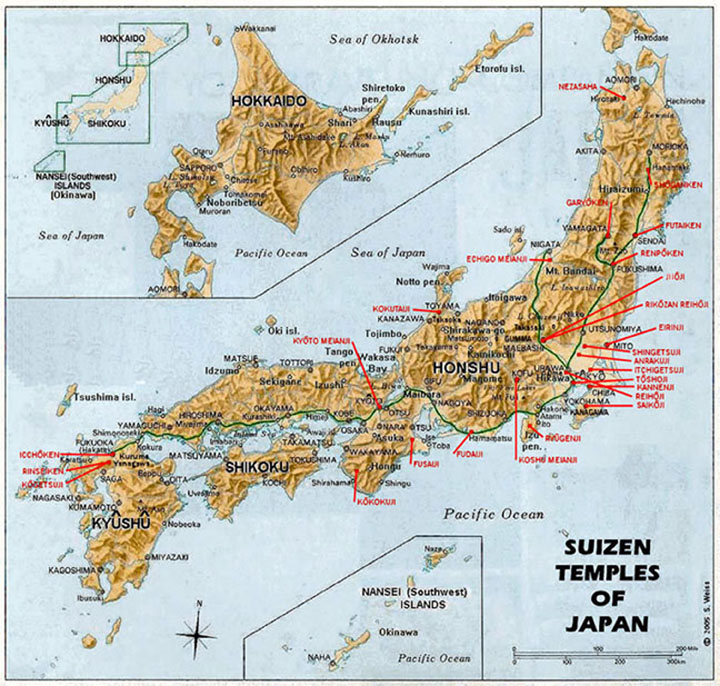
Of course, as you should be well aware of by now, if not before, there has only been one "Suizen temple" in Japan, ever,
namely the Kyōto Myōan Temple, and that was indeed only since the year 1950. Period!

WARNING! When It Comes to Any Matter Regarding Shakuhachi History,
Ideology, and Practice Facts, East and West
- Do Stay the Farthest Away Possible
From These Particular Wikipedia.org Web Pages and Their Like:
Wikipedia, English: "Shakuhachi"
Wikipedia, English: "Komuso"
Wikipedia, English: "Puhua" (Fuke Zenji)
Wikipedia, English: "Myōan-ji"
Origin of the 'Komusō'?
Had There Not Been an Invasion of Christian Catholic Missionaries Since 1549,
and Those Hundreds of Thousands of Their Fanatically Devoted Japanese Christian Converts
in Early 17th Century Deeply Xenophobic Japan,
There Would Never Have Existed a Single 'Komusō' on the Isles of Japan:
No Distorting Falsification of History; No Long, Thick "Root-end" Bamboo Flutes ...
No Invented "Fuke Temples" & "Fuke Sect" - No 'Fuke Shakuhachi' ...
No So-called 'Honkyoku' "Music" Pieces - No 'Hōki' - No "Shakuhachi Zen" ...
No So-called 'Suizen'!
That is the Story to be Told and Clarified Right Here.
The 1795 'Rōnin Komusō' Kyotaku denki Legitimization Conspiracy
Rendered in Extraordinarily Seductive Illustrations:
The Kyotaku denku kokujikai
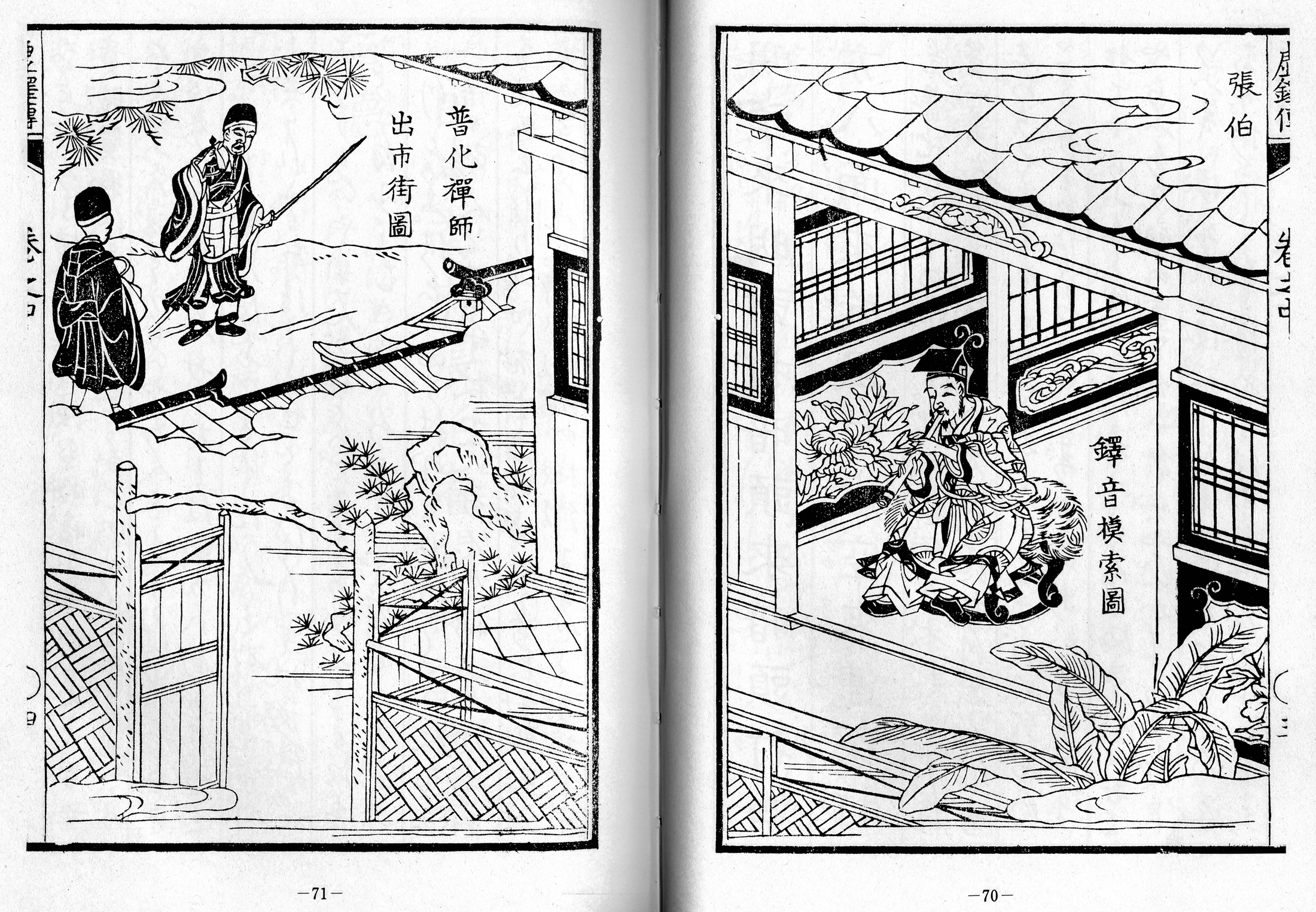
Kyotaku denki kokujikai Illustrations
To the left you see 9th century Fuke Zenji ringing his hand bell -
to the right: Fuke's alleged, invented Chinese townsman who is claimed to have composed
the music piece titled 'Kyorei' - but the 'shakuhachi' shown there
is certainly not a 9th century Chinese flute
but a typical Japanese root-end flute that only appeared toward the end of the 1600s.

Kyotaku denki kokujikai Illustrations
Did an Edo Period 'Komusō' Ever Sit Down and Rest?
Did He Ever Remove His 'Tengai' and Show His Face?
Not Least: Did He Ever Really "Meditate"?
1851-1852:
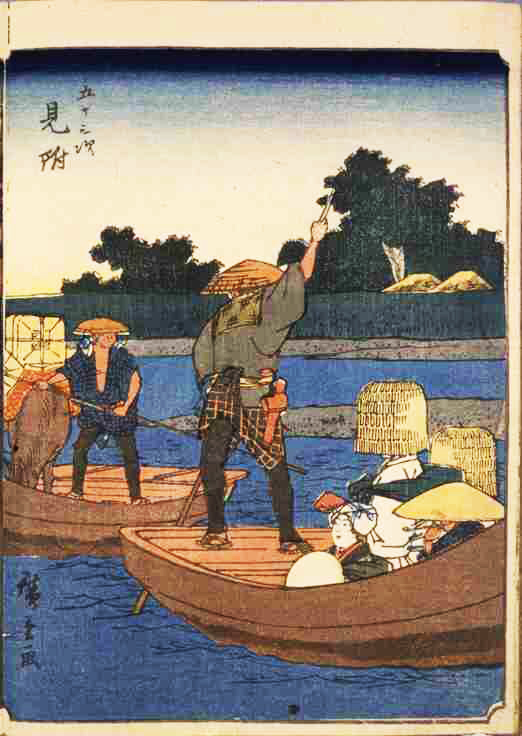
Two 'Komusō' crossing the treacherous river Tenryū at the locality Mitsuke.
From the series "Fifty-three Stations of Tōkaidō".
Wood-cut print by Utagawa Hiroshige, produced in 1851-52.
1810:
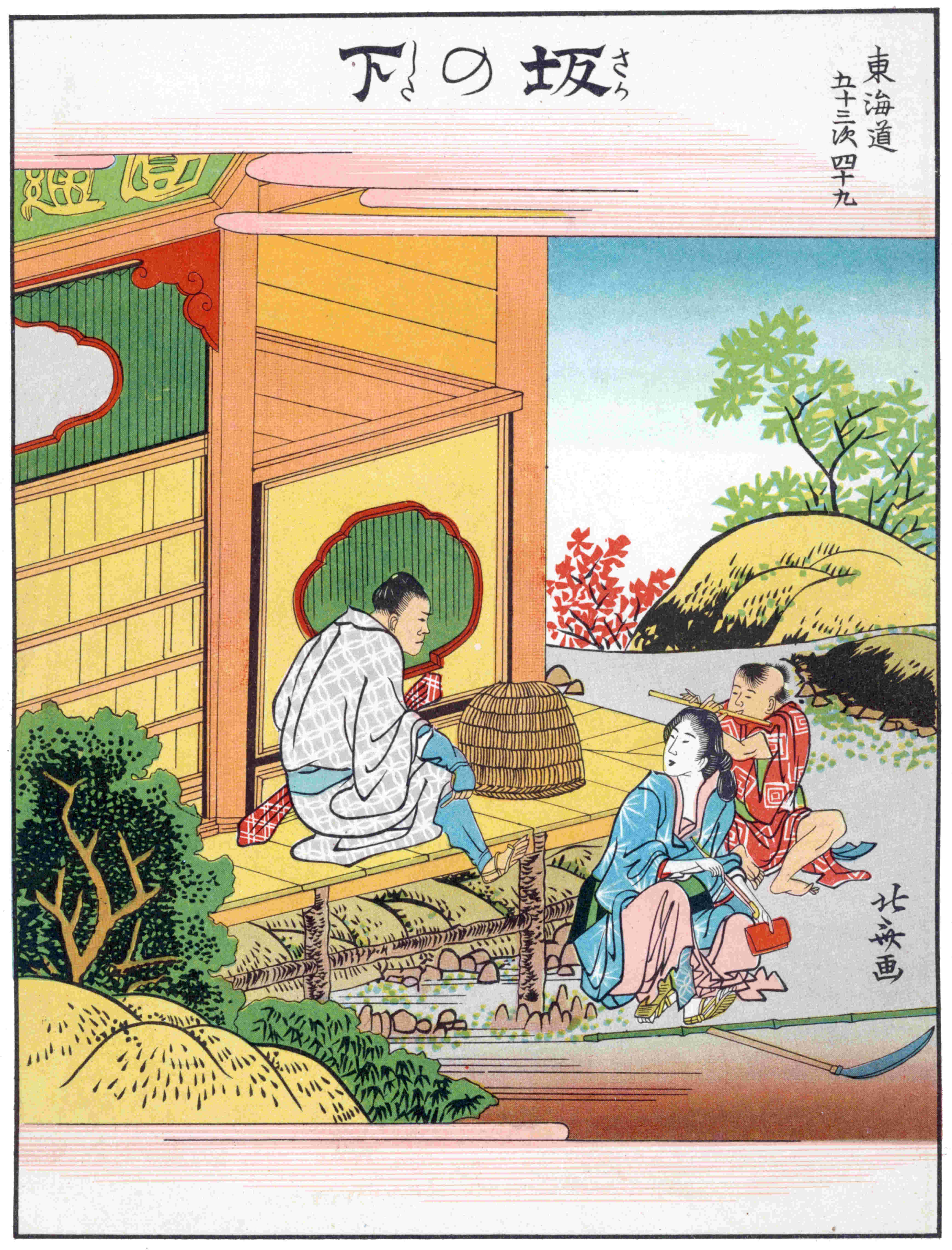
By Katsushika Hokusai, "The 53 Stations of the Tōkaidō", Number 49: 'Saka-no-shita'.
This is actually the one and only known image of an Edo Period 'Komusō'
pictured as seated, resting on a veranda, during a stopover, while his 'tengai'
is placed on the veranda, not covering his head
as we otherwise always see in all the numerous known published pictures.

Two 'Komusō' crossing the treacherous river Tenryū at the locality Mitsuke.
From the series "Fifty-three Stations of Tōkaidō".
Wood-cut print by Utagawa Hiroshige, produced in 1851-52.

By Katsushika Hokusai, "The 53 Stations of the Tōkaidō", Number 49: 'Saka-no-shita'.
This is actually the one and only known image of an Edo Period 'Komusō'
pictured as seated, resting on a veranda, during a stopover, while his 'tengai'
is placed on the veranda, not covering his head
as we otherwise always see in all the numerous known published pictures.
Four Historical Shakuhachi Pictures That You Should Not Trust in
as Reliable Documentary Evidence of 'Komo-sō' and 'Komu-sō' Reality

1795, Kyotaku denki kokujikai: Early 9th century Fuke, ringing his bell, and alleged
'Kyorei' "composer", Chōhaku, with his supposed "Chinese shakuhachi".
How come that the illustration shows a typical late 18th century root-end 'shakuhachi',
not some original 9th century Chinese vertical flute with 6 fingerholes?

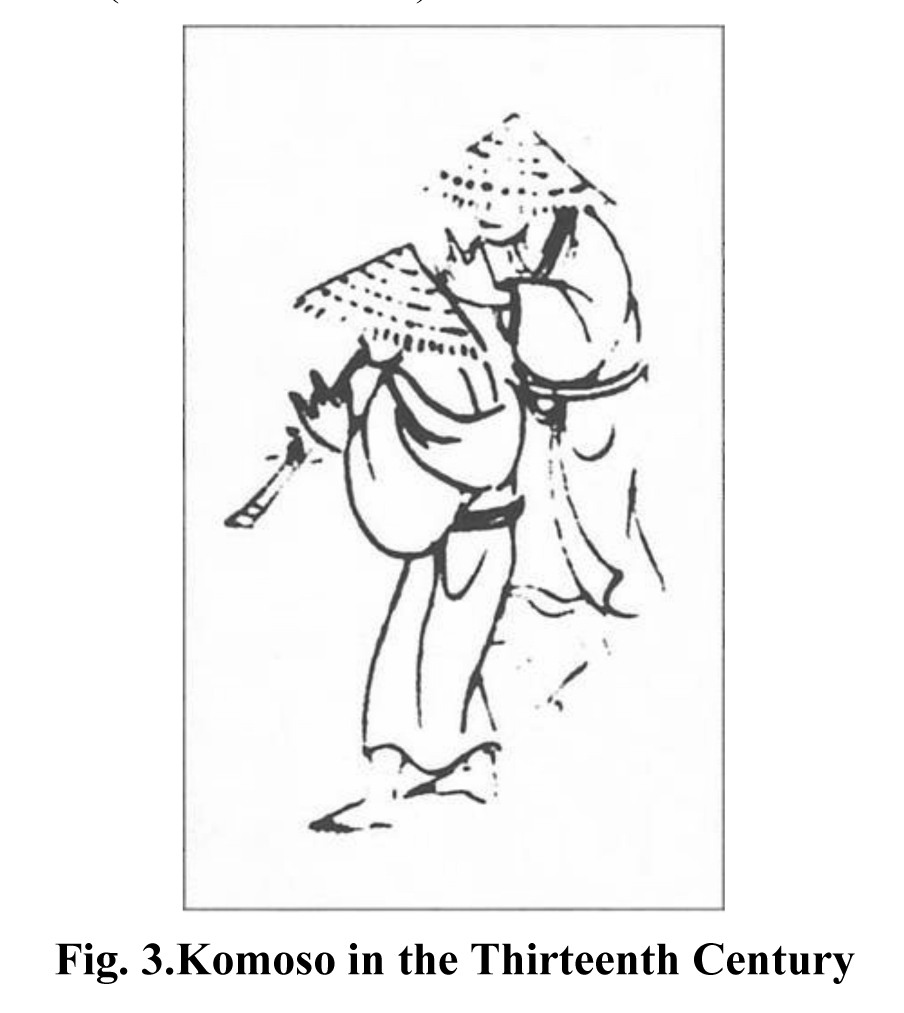
Left:1799: Incorrectly and misleadingly executed rendering of a supposed 15th century 'Komosō'
"mat monk", by Ban Kōkei, in his book 'Kanden kōhitsu'.
Right: 13th century?: Extremely incorrectly dated copy of an actual early 1660s 'Komusō'
illustration seriously misleadingly published by Wong Wah-sang in a 2014 article of his.
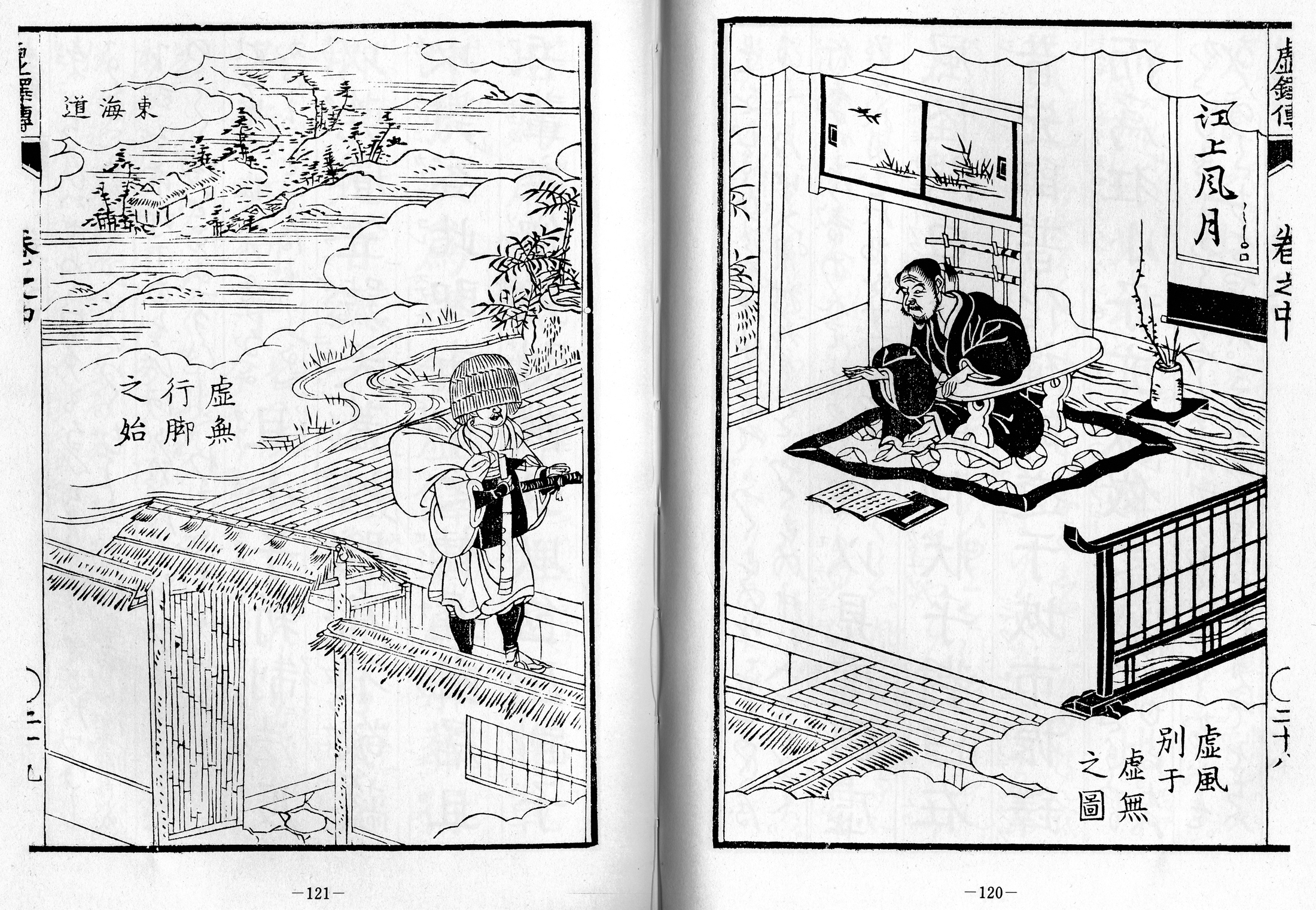
1795, Kyotaku denki kokujikai: Completely out of proper chronological context 'Komusō' picture.
Left: Fabricated 14th century 'Kyomu' figure however pictured
as a late 18th century 'Komusō' beggar "monk".
Right: 'Kyōfū', another of 'Kyotaku denki kokujikai's
completely fabricated, non-historical persons.

1795, Kyotaku denki kokujikai: Early 9th century Fuke, ringing his bell, and alleged
'Kyorei' "composer", Chōhaku, with his supposed "Chinese shakuhachi".
How come that the illustration shows a typical late 18th century root-end 'shakuhachi',
not some original 9th century Chinese vertical flute with 6 fingerholes?


Left:1799: Incorrectly and misleadingly executed rendering of a supposed 15th century 'Komosō'
"mat monk", by Ban Kōkei, in his book 'Kanden kōhitsu'.
Right: 13th century?: Extremely incorrectly dated copy of an actual early 1660s 'Komusō'
illustration seriously misleadingly published by Wong Wah-sang in a 2014 article of his.

1795, Kyotaku denki kokujikai: Completely out of proper chronological context 'Komusō' picture.
Left: Fabricated 14th century 'Kyomu' figure however pictured
as a late 18th century 'Komusō' beggar "monk".
Right: 'Kyōfū', another of 'Kyotaku denki kokujikai's
completely fabricated, non-historical persons.
"The Persecution of the Catholic Christians in Japan
During the Middle Years of the Seventeenth Century."
穴吊るし
ANA-TSURUSHI - "Hole Hanging"
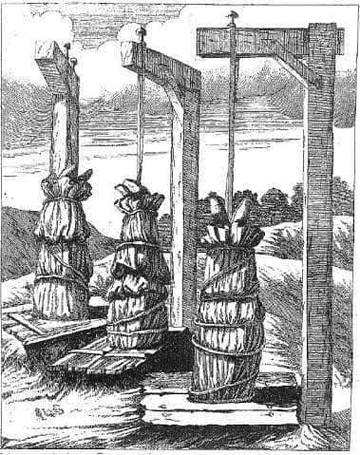
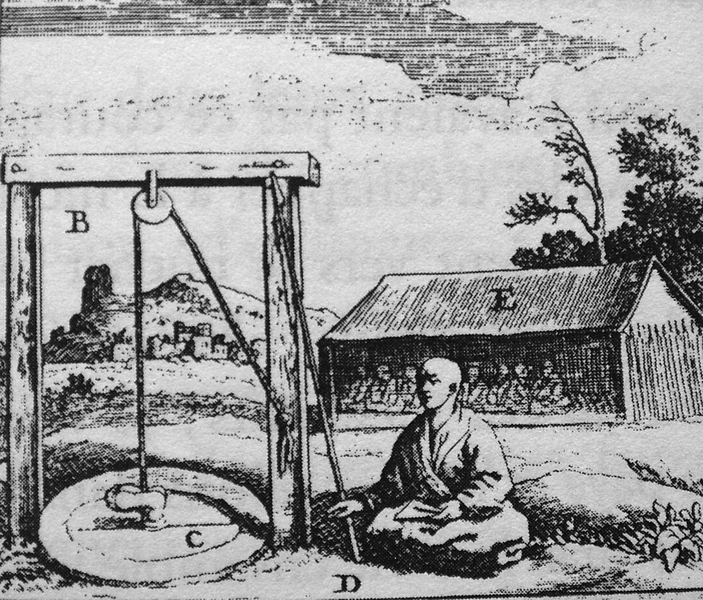
The 'ana-tsurushi' method of inquisitioning and torturing stubborn and resisting Japanese Christian converts,
intensifying in the 1630s and 1640s
Image sources: Facebook and Wikipedia
Quoted from the opening section of a 1942 article by Edward Hagemann:
“About three hundred years ago, in 1640, Japan took the last and most effectual step to eradicate all Western influence from her people.
The year before, 1639, the last definite decree had been enforced forbidding all commercial intercourse to the Portuguese.
By this means all further contact with the Western world had been stopped, and no more Christian missionaries could be sent to Japan.
But in Japan itself, despite the ban on Christianity, there were still some hundreds of thousands of Christians.
These had to be exterminated, and everything that savored of foreign influence removed.
In 1640 the office of the inquisition was erected to carry out this policy.”
Source:
Edward Hagemann: "The Persecution of the Christians in Japan
in the Middle of the Seventeenth Century."
Publ. in Pacific Historical Review
Vol. 11, No. 2, June, 1942, pp. 151-160 (10 pages)
Made available byy: University of California Press
Link to online PDF file: https://www.jstor.org/stable/3633765
Excerpt from a book review by K.S. Latourette, 1941:
" - - - The attempt of the Tokugawa to rid the realm of the obnoxious foreign faith led not merely to drastic measures which drove Christianity underground,
but was the major cause as well for the prolonged segregation of the empire from intercourse from the West except for the limited trade through the Dutch at Deshima. - - - "
The book reviewed:
Gustav Voss & Hubert Cieslik (trsls.): Kirishito-ki und Sayo-yoroku:
Japanische Dokumente zur Missionsgeschichte
des 17. Jahrhunderts (English).
Sophia University, Tokyo, 1940, 229 pages.
Link to the review:
https://www.cambridge.org/core/journals/journal-of-asian-studies/article/abs/kirishitoki-und-sayoyoroku-japanische-dokumente-zur-missionsgeschichte-des-17-jahrhunderts-by-gustav-voss-and-hubert-cieslik-tr-tokyo-sophia-university-1940-viii-229-p-275-750/F61F3E46BED9A5D2116C89A6210A307E


The 'ana-tsurushi' method of inquisitioning and torturing stubborn and resisting Japanese Christian converts, intensifying in the 1630s and 1640s
Image sources: Facebook and Wikipedia
1614 to 1664: From 'Ko-MO-sō' to 'Ko-MU-sō'
薦僧/菰僧 - 虚無僧
1614 to 1664: From 'Ko-MO-sō' to 'Ko-MU-sō' - When That Actually Happened
The Broader Context - Essential Documentary Evidence Observed & Recognized
The very last sincerely practicing pseudo Buddhistic 'Fuke Komo-sō' expressed themselves utterly comprehensively
in a unique 'shakuhachi rōnin' credo dated 1628, the Kaidō honsoku.
The very first credibly recorded and named, also pseudo Buddhistic 'shakuhachi rōnin' 'Komu-sō', ever was so addressed only just after 1640, and not later than 1646.
His name was given as 'Sandō Mugetsu', in a letter composed by distinguished Rinzai Zen abbot and artist Isshi Bunshu, 1608-1646.
Whatever else you are being told, over and over, and yet again? Ignore it!
Chronology of Texts, Quotations, and Illustrations
India, China, Japan, and the West - 2004 to 2024
When, now 20 years ago, in 2004, the present website project was first launched online,
the skeleton that it was build on was a timeline, a chronology for ascetic shakuhachi history related facts, events,
and references to be added and presented, as they materialized during the many years of ongoing research.
Editing and reworking the original 12 web pages, they have now been reloaded with new file names.
There are likely still to be links to external internet web places that do no longer work anymore, after so many years.
That's the reality on today's internet.
| To the front page | To the top |
修
行
尺
八
歴
史
的
証
拠
の
研
究
ホ
︱
ム
ペ
ジ
